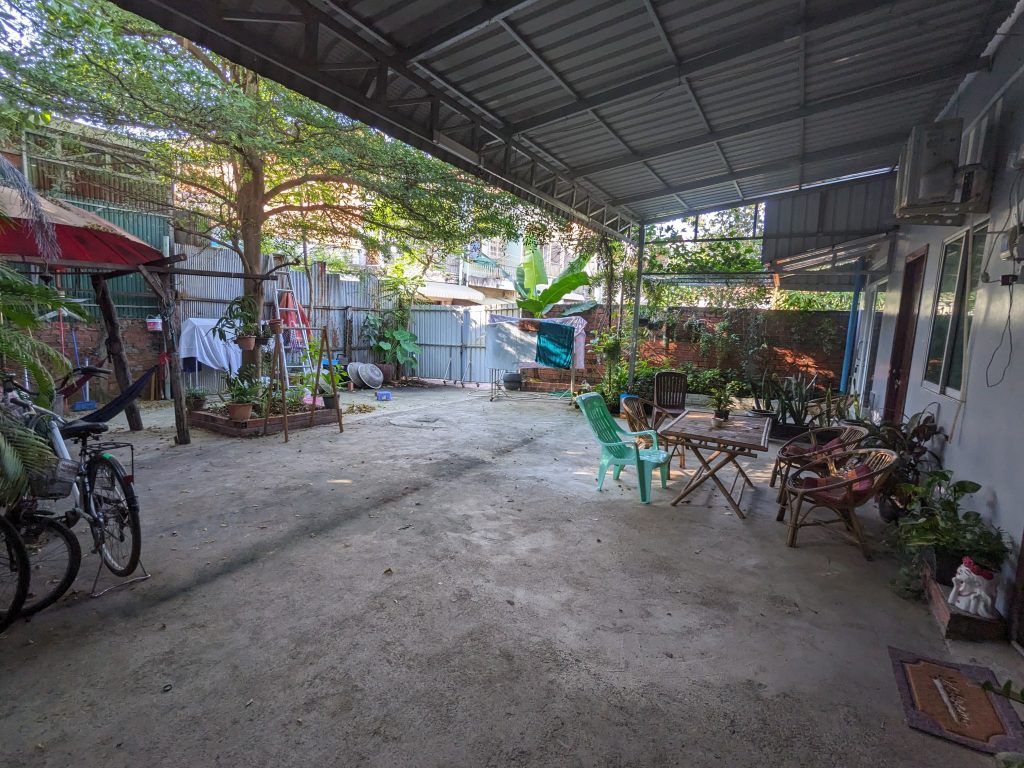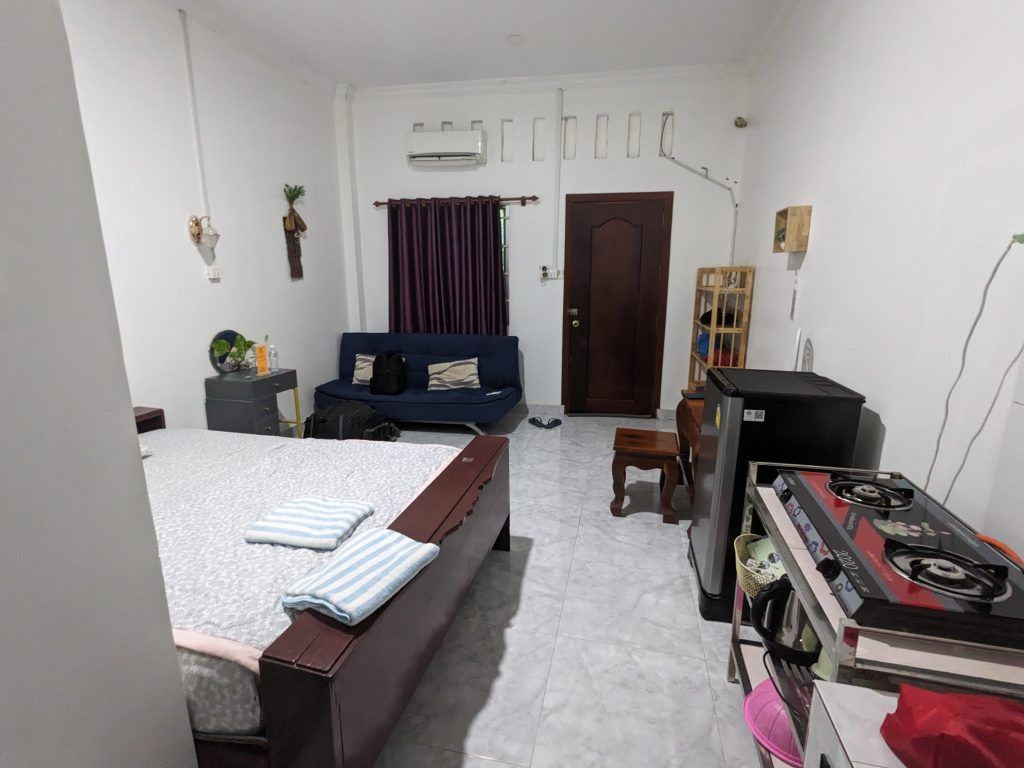Battambang is Cambodia’s third largest city, but with only about 150,000 people, it’s a relaxed place compared to the intensity of Phnom Penh and the tourist crowds of Siem Reap. In itself, Battambang doesn’t have a large tourism infrastructure, but there are a few really nice things to see just outside of town.
Bamboo Train
The bamboo train was a popular means of transport in Cambodia’s rural areas until the Khmer Rouge shut them down. They were cheap and easy to build and maintain. Now the only one left is for tourists about 20 km outside of the city. It was a surprisingly fun experience.
Some people finishing their rides before we started.
Putting an extra train on the tracks.
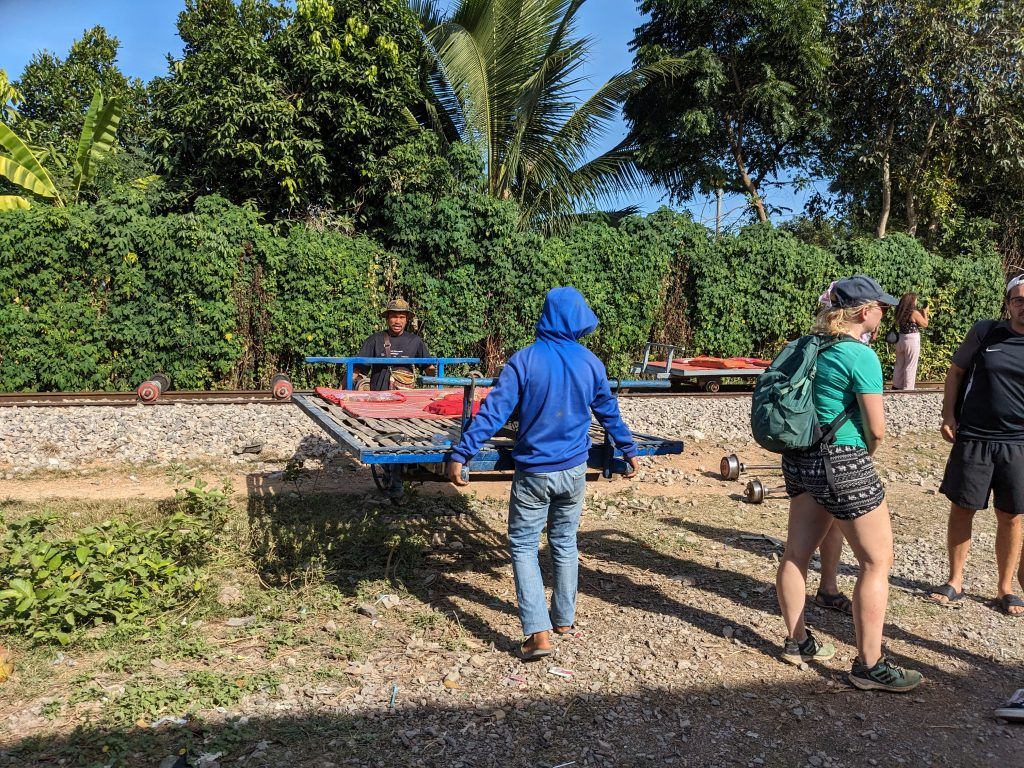
Here I am with the French couple that were on the tour with me as we were about to start our ride.
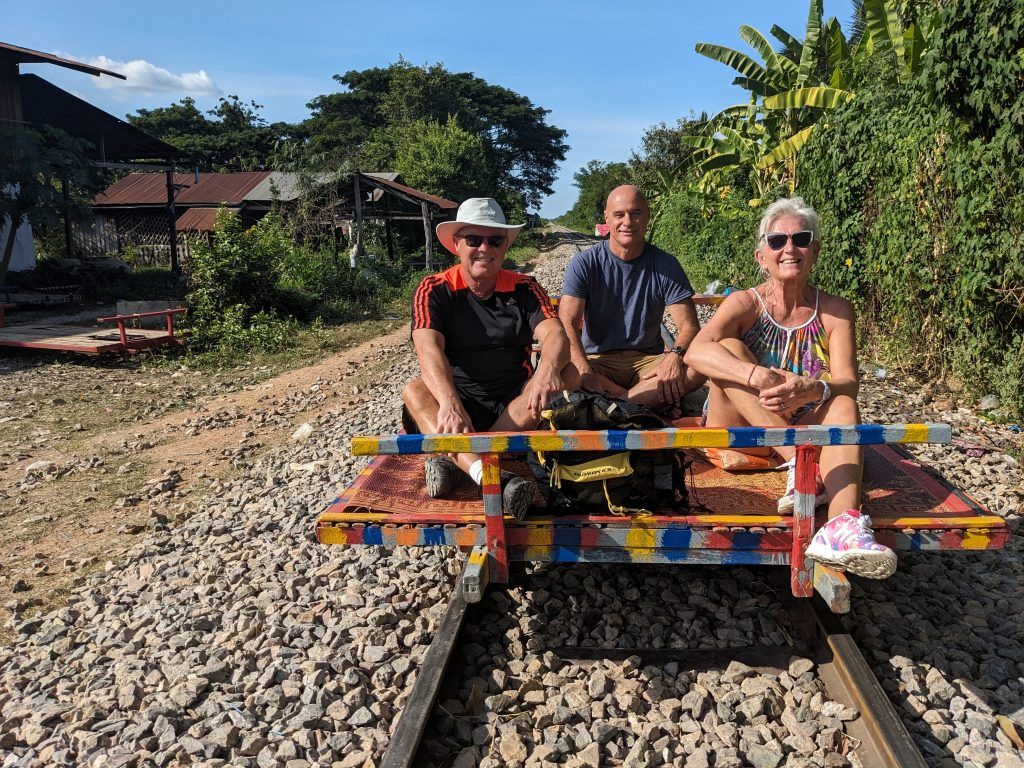
We got a nice view of the countryside as we sped along for about 25 minutes in one direction.
When another train came from the opposite direction, both trains would stop and then one would disembark, get off the tracks, let the other train pass, and then go back on the tracks and continue on their way.
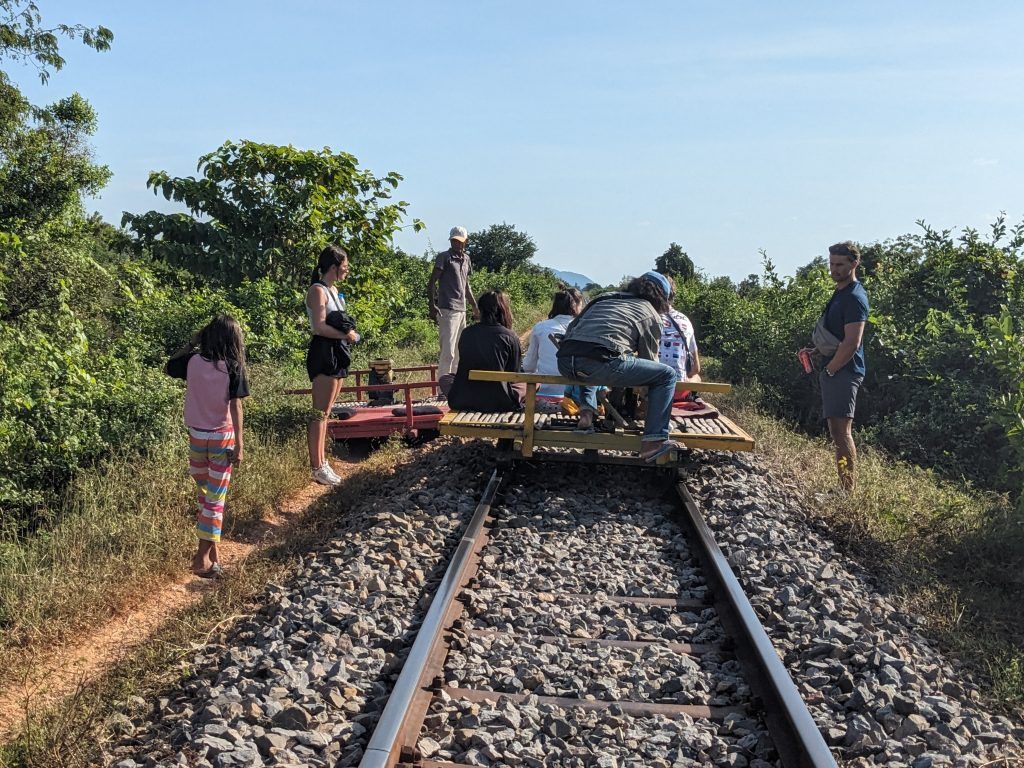
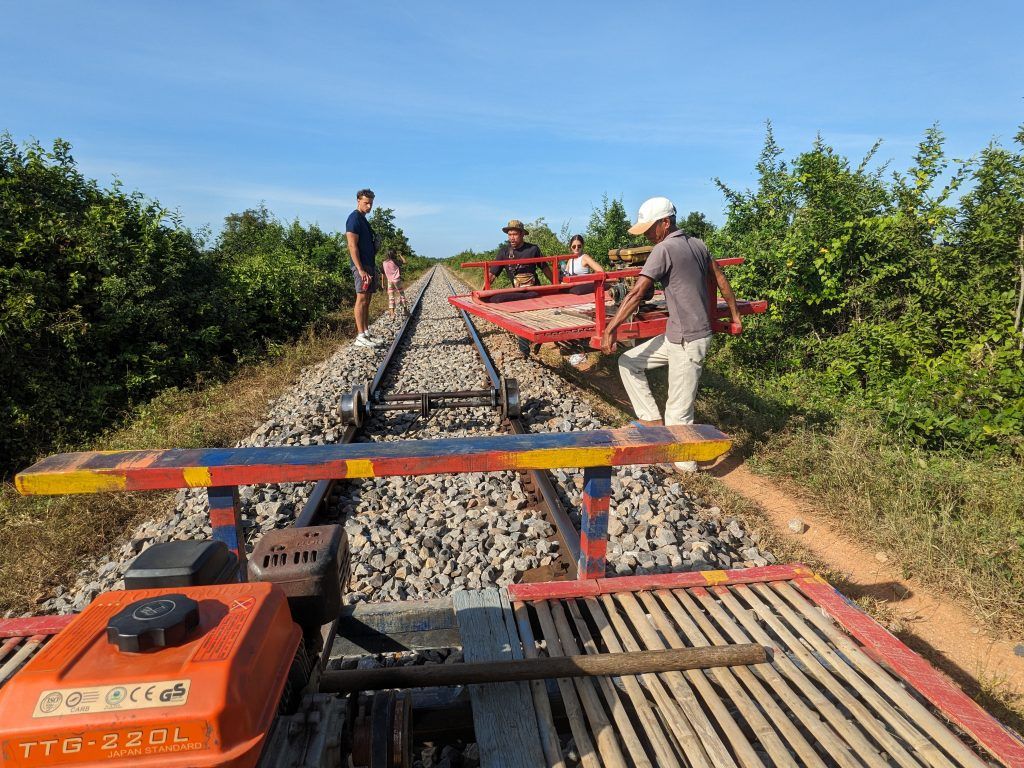
We stopped for snacks after about 25 minutes. As we were sitting there, we heard a loud horn and jumped up as a real train came by at full speed. It turns out the trains come at 12:30pm and 3:30pm every day and the bamboo train operators make sure we’re off the tracks at those times. This was the 3:30 train.
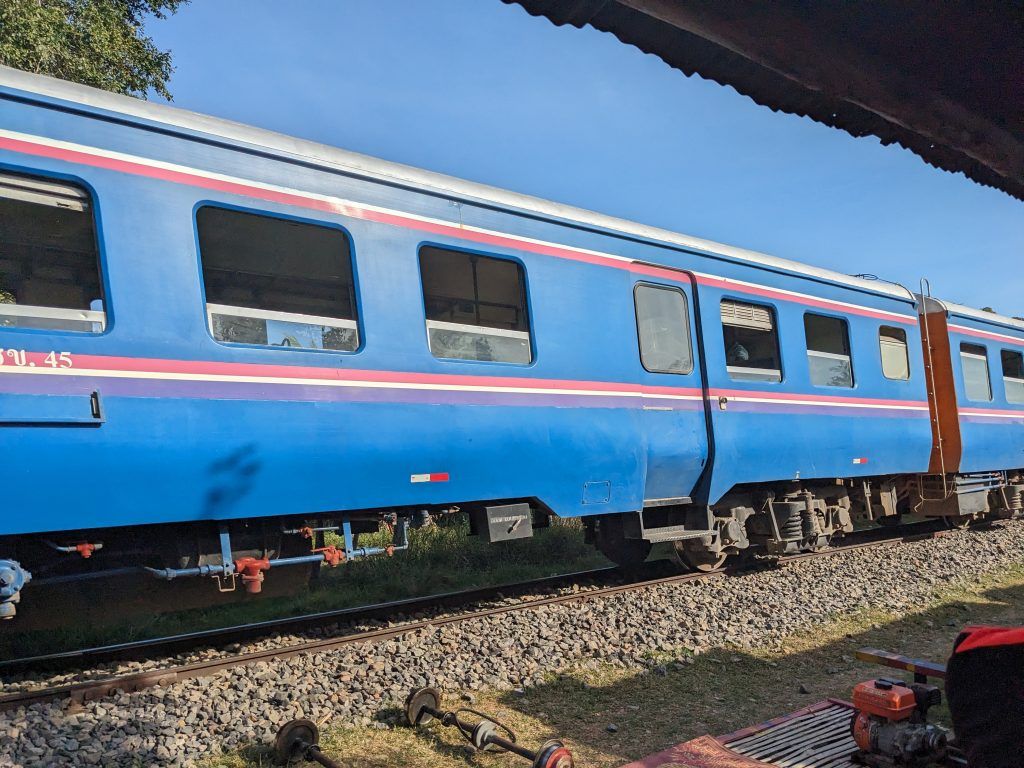
The return trip was just as nice. Here we slowed down to make sure these cows didn’t wander onto the tracks.
On the way to the Bamboo Train we stopped at a small, scenic suspension bridge.
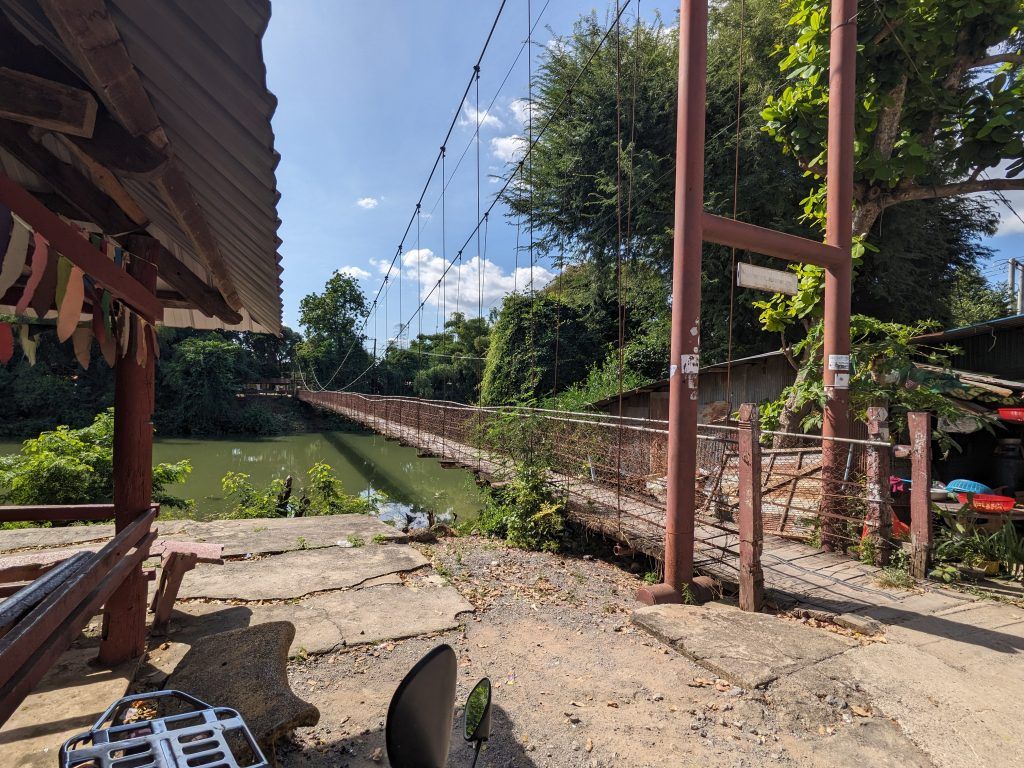
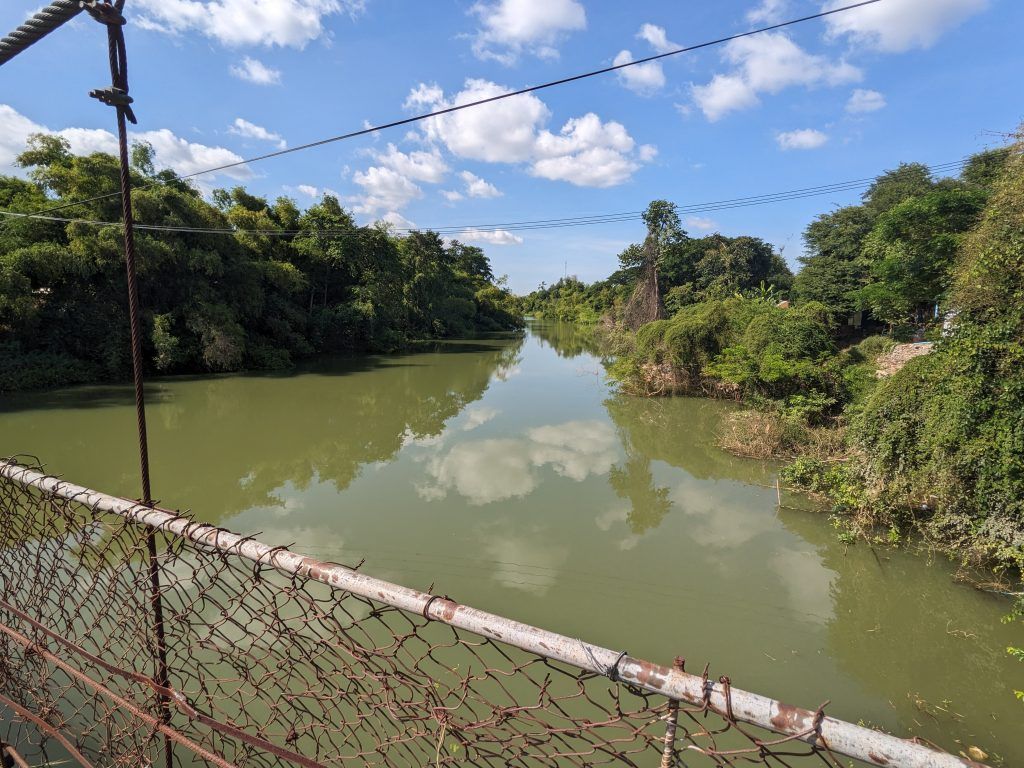
The locals will cross it on scooters and you just stand against the side as they slowly pass by.
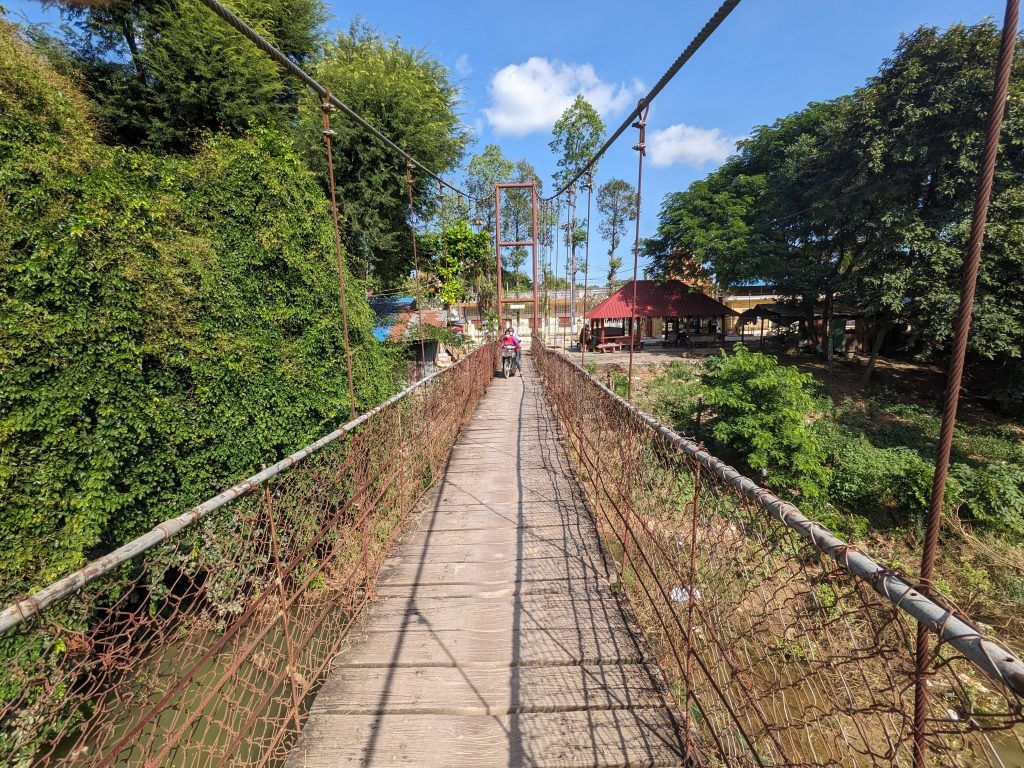
We also stopped at a stall that sold barbequed rats and snakes. None of us tried any.
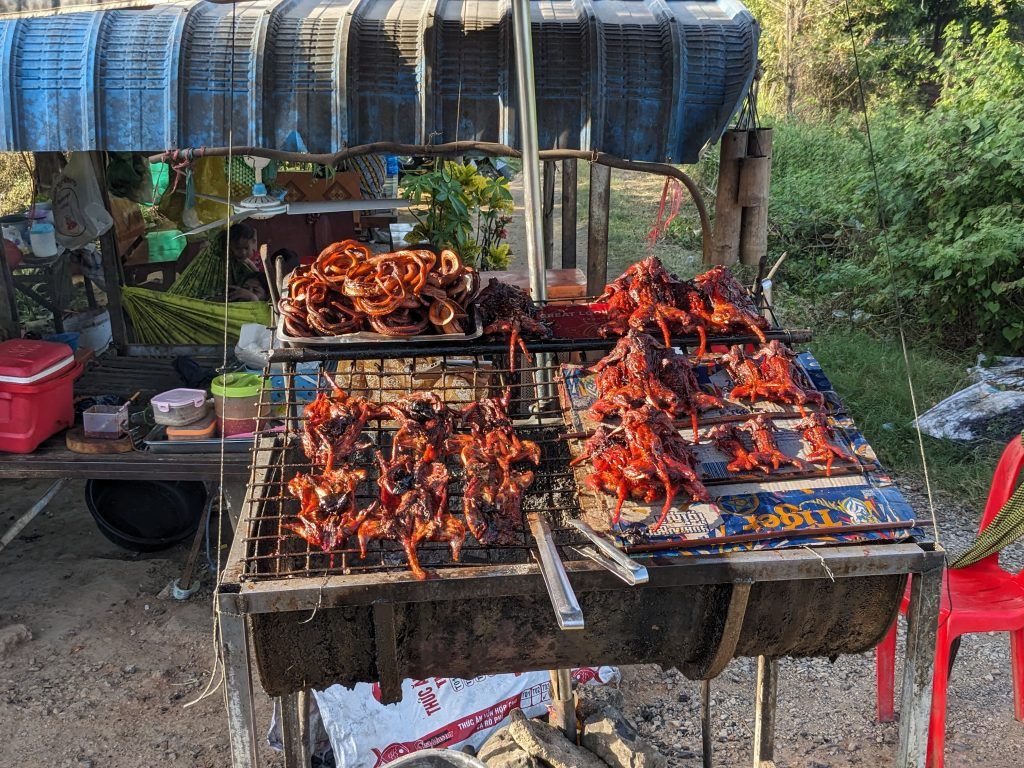
The Bats and the Buddha
At the bat caves of Phnom Sampov you can see an insane amount of bats leaving each night for their evening hunting rounds. The main cave is next to a Buddhist pagoda with a huge Buddha carved into the mountain across from it. It makes a wonderful scene as the bats fly under the watchful eyes of the Buddha.
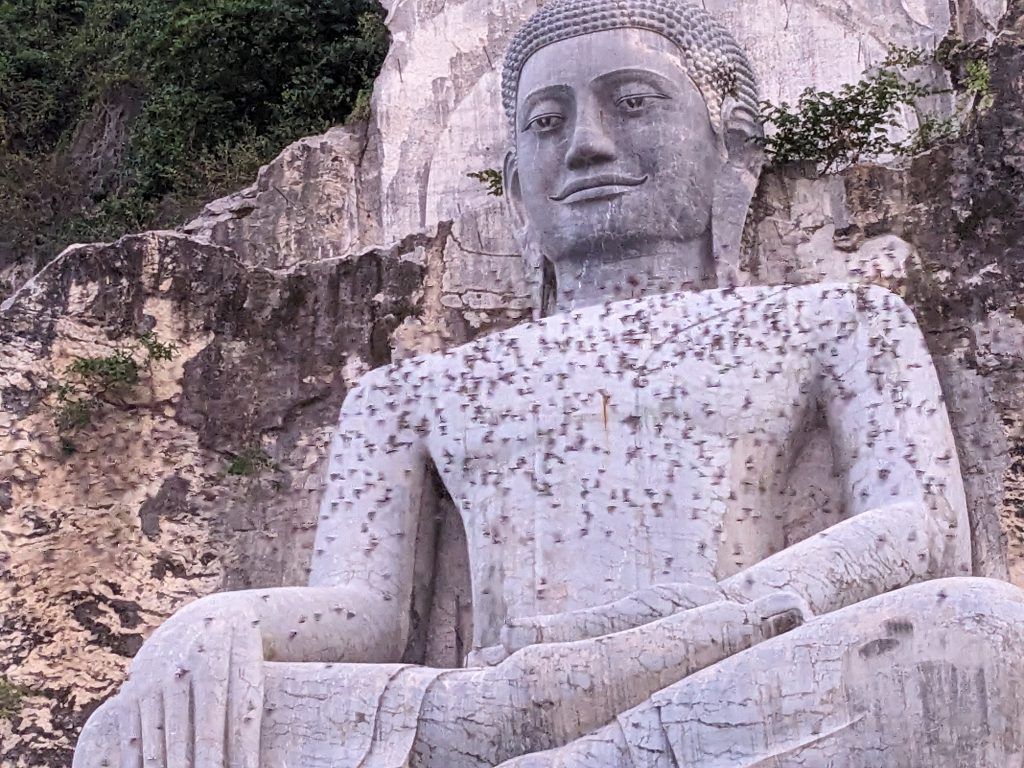
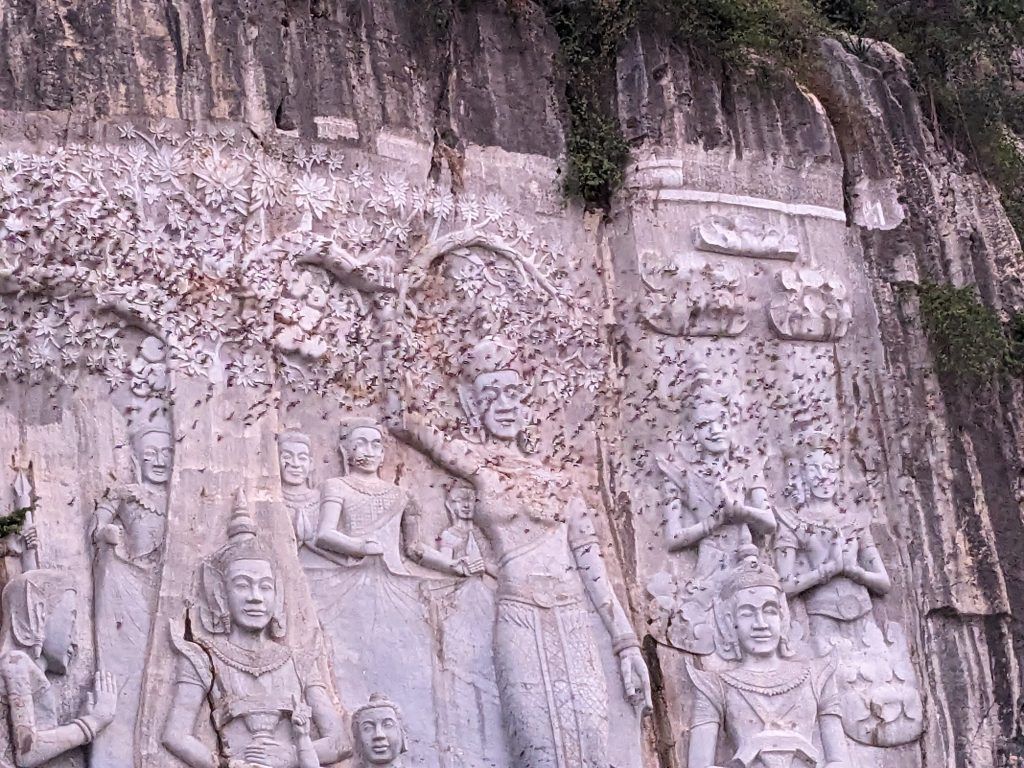
There was an endless stream of bats. As it got dark and we left about 30 minutes later, they were still coming out.
The Killing caves of Phnom Sampeau
Phnom Sampeau is a beautiful mountain jutting up from the surrounding rice fields. There are a number of really peaceful wats dotted around the mountain as well as a small Buddhist monastery.
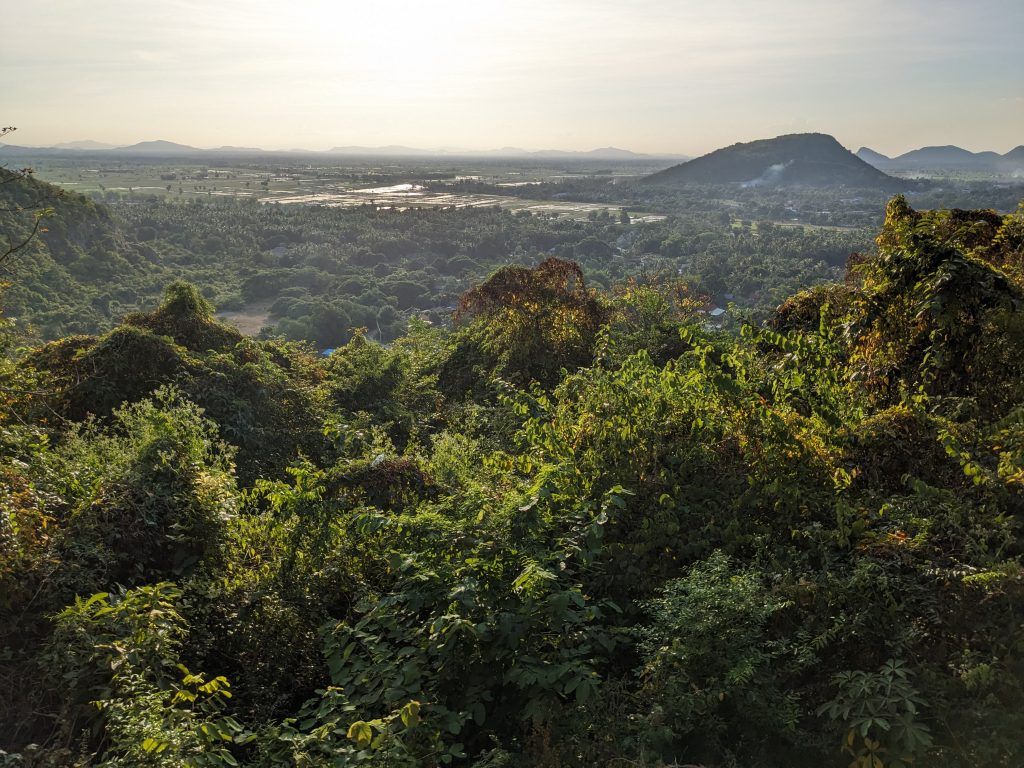
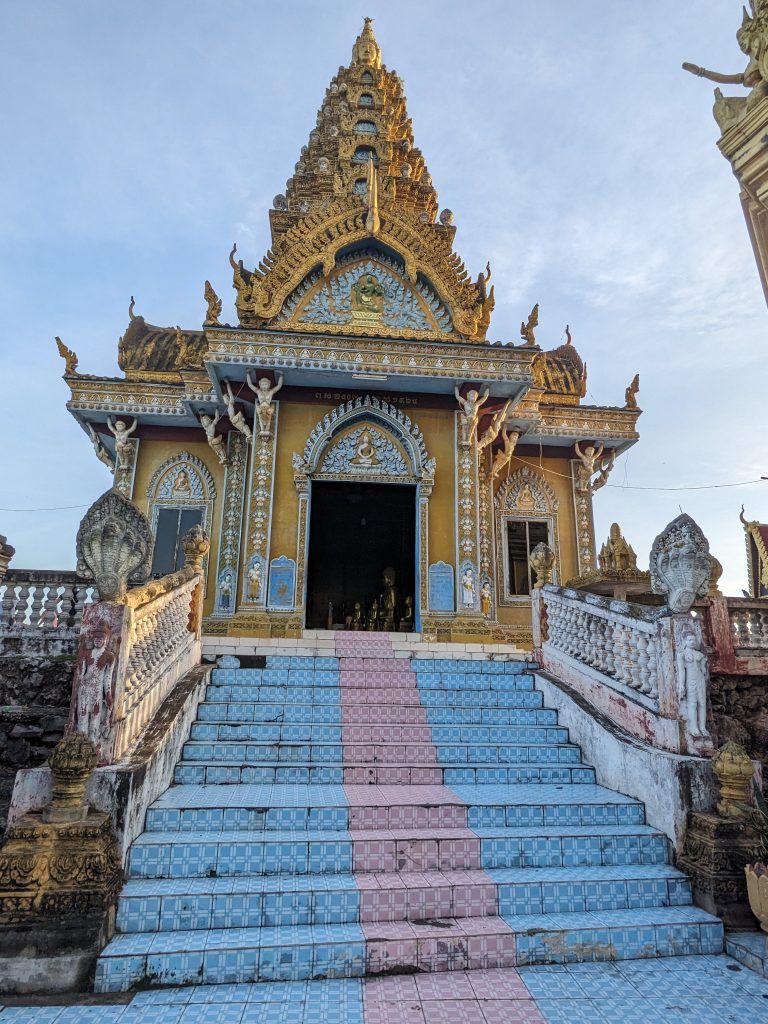
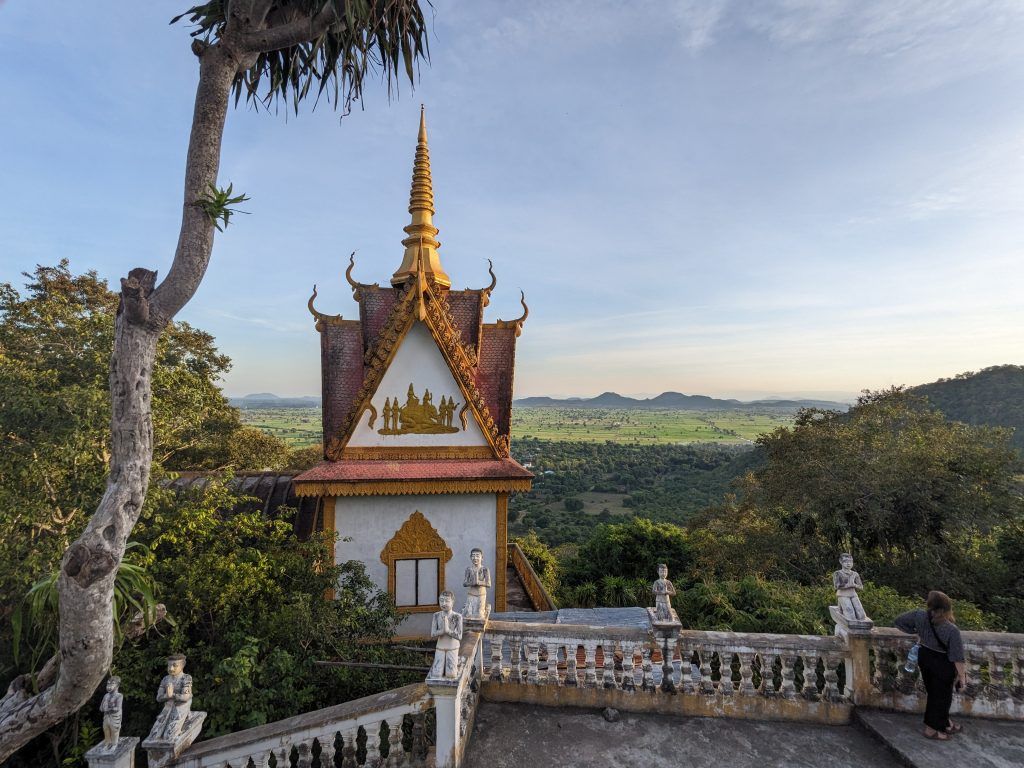
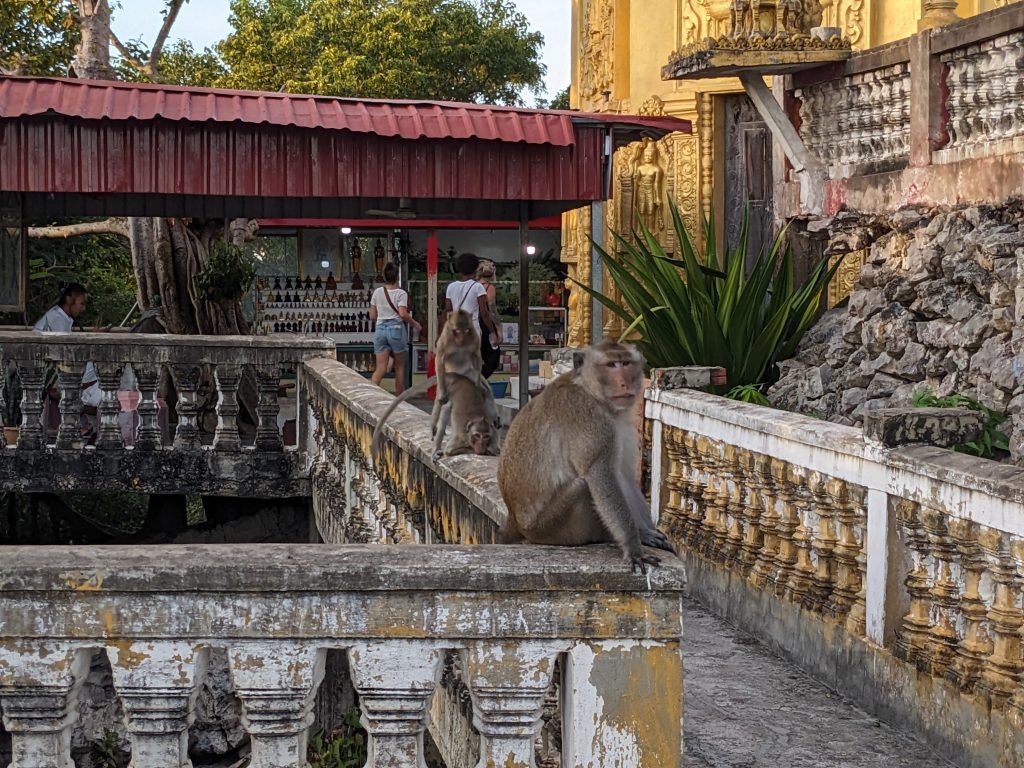
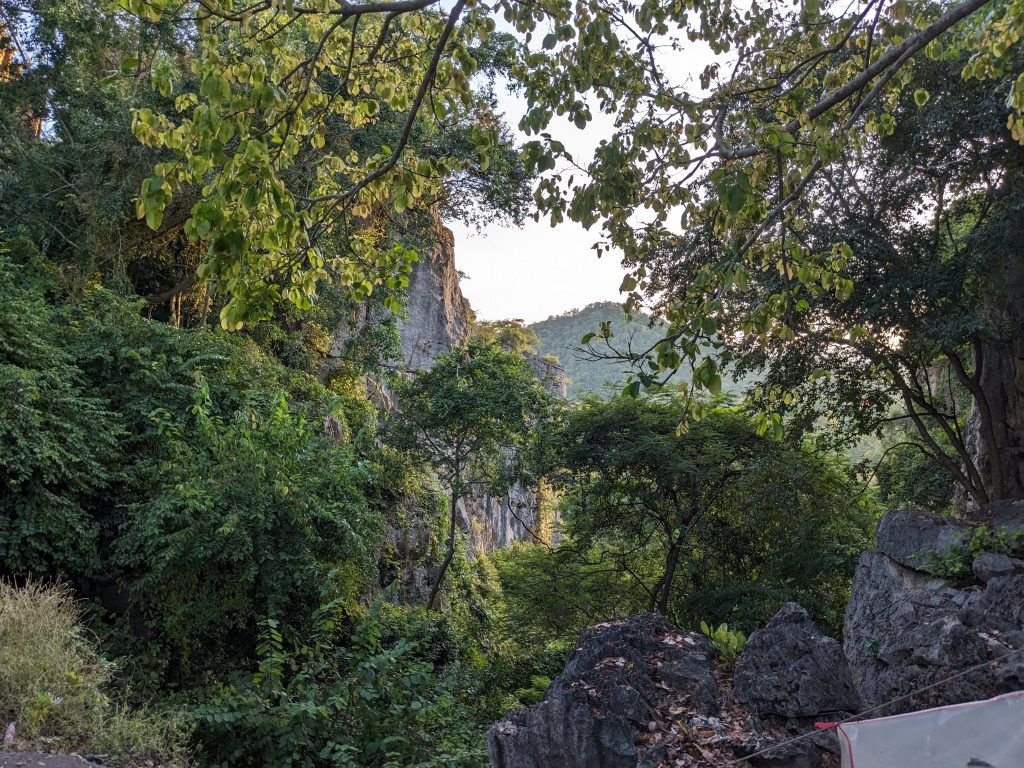
But then you come to Lakhon Cave. It’s where the Khmer Rouge killed around 12,000 Cambodians. Our guide’s aunt was one of those.
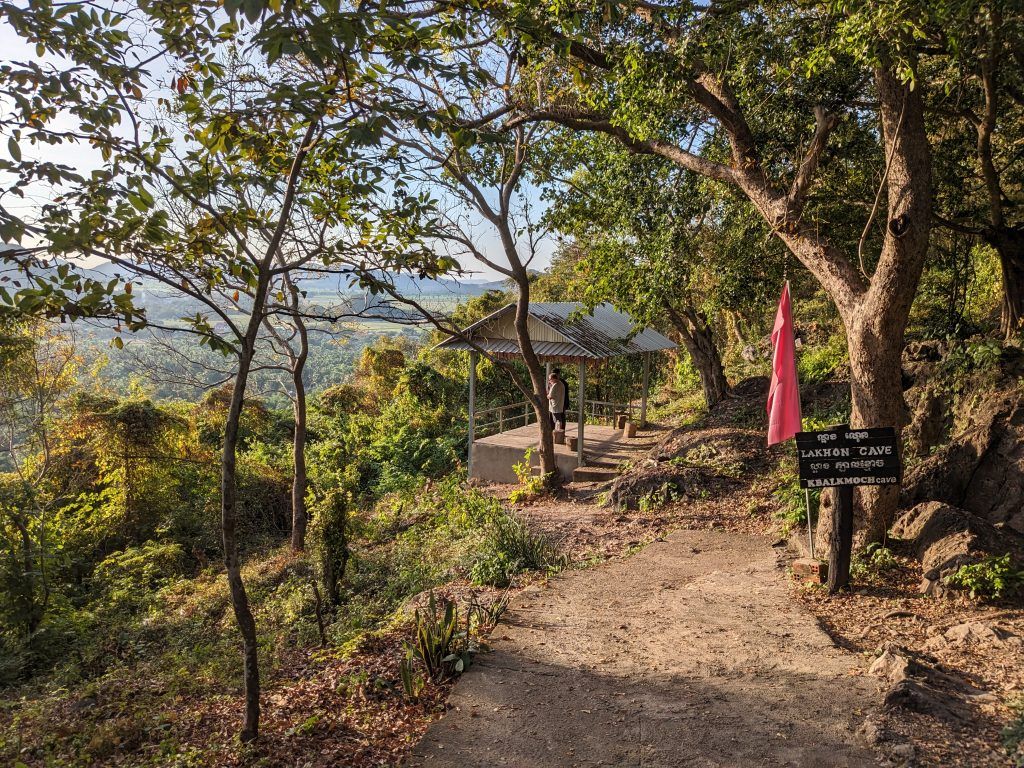
They would take their victims to this spot, tie their hands behind their back, bash them in the head and shove them into this hole.
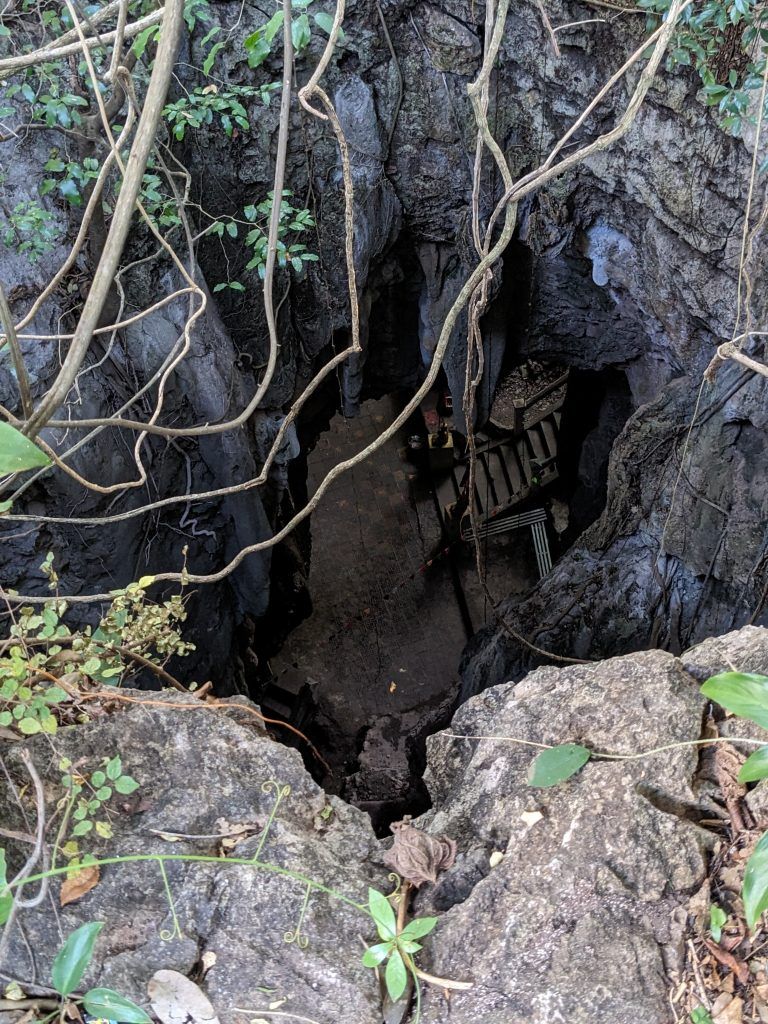
There would be soldiers stationed here beneath the hole. If the victims were still alive, they would come in and slit their throats.
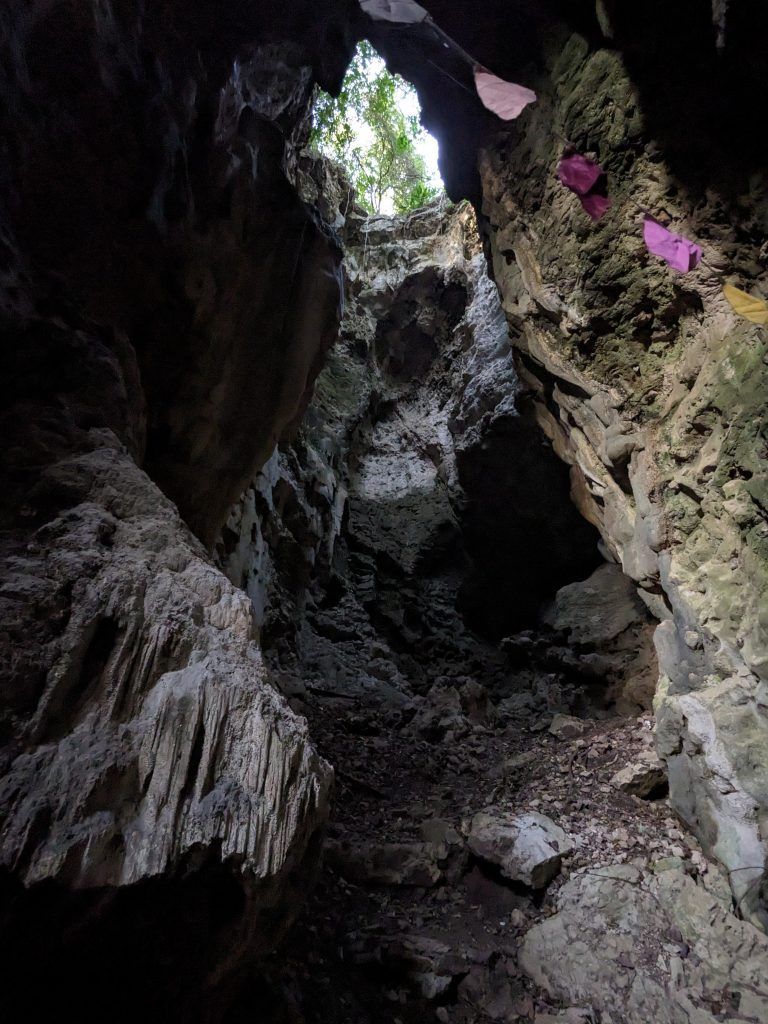
This hole was for infants and young children. The soldiers would grab the victims legs, smash their heads against a nearby rock and throw them in here.
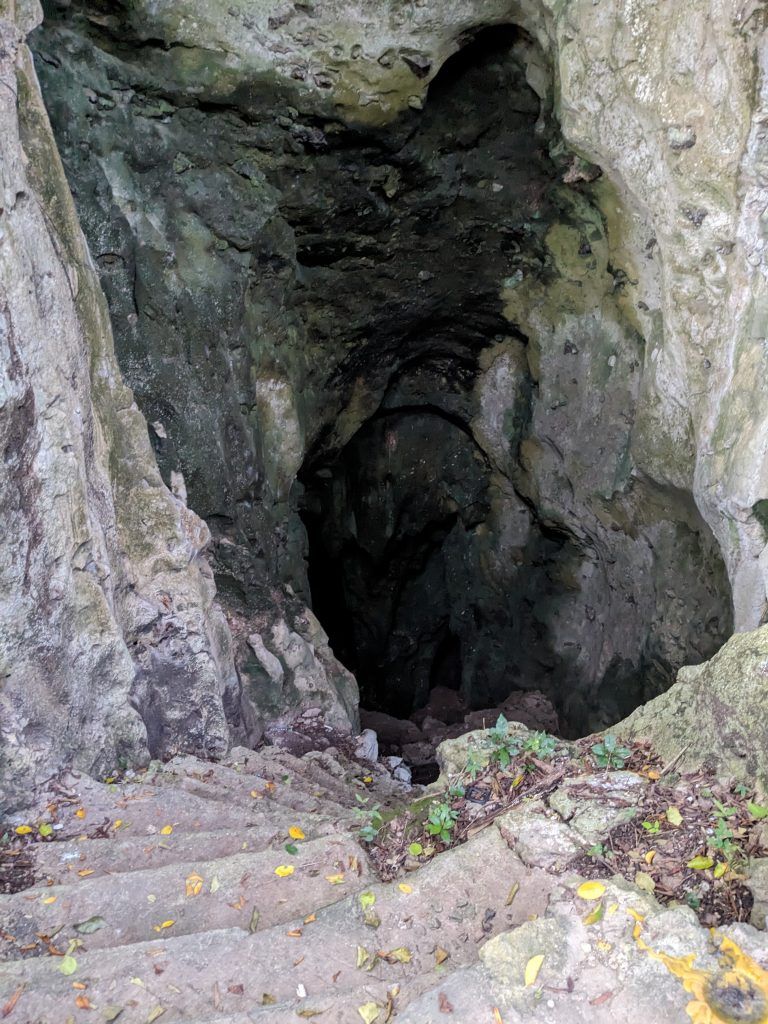
There is now a shrine in the cave with some of the victims remains as a reminder of that period.
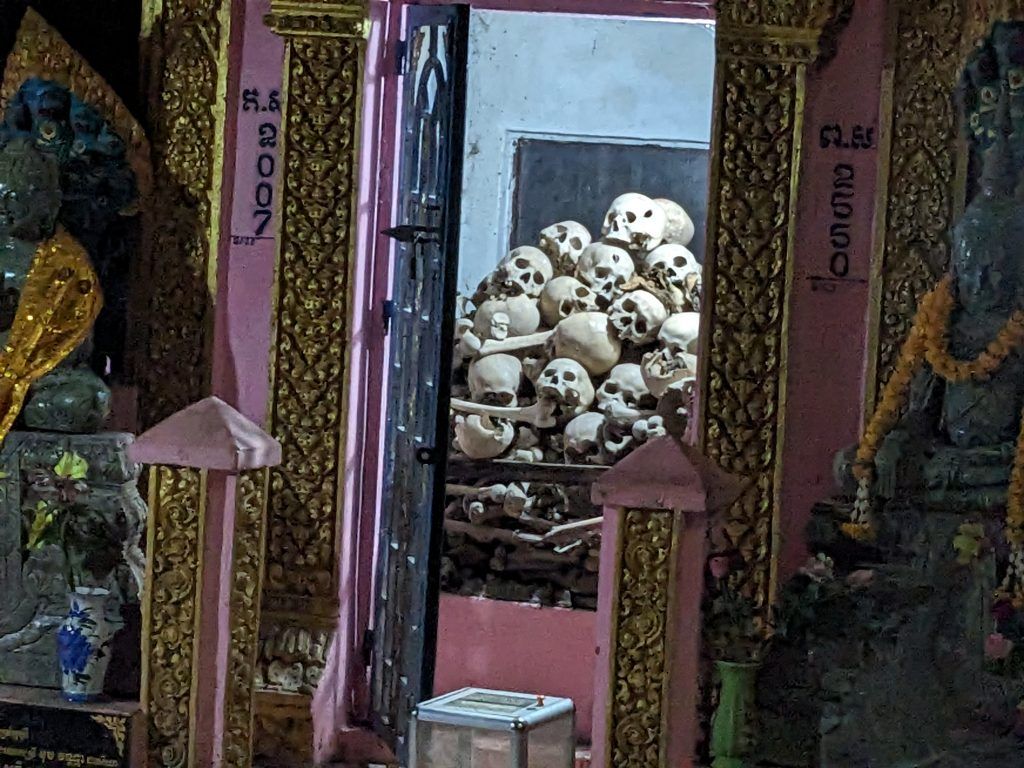
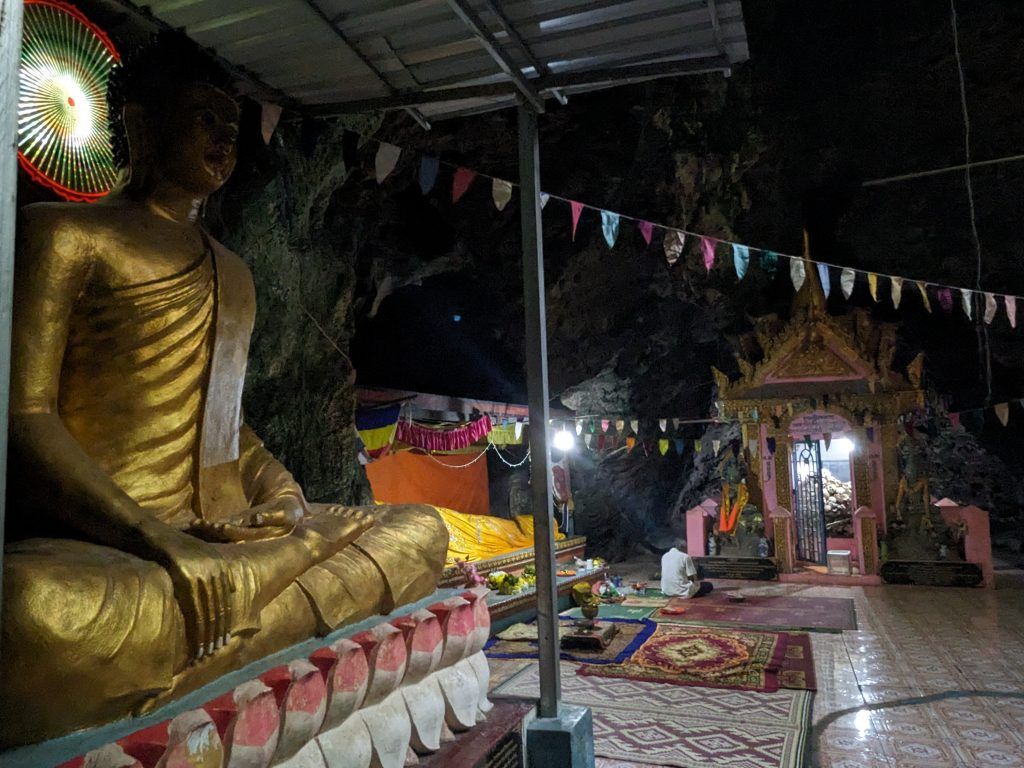
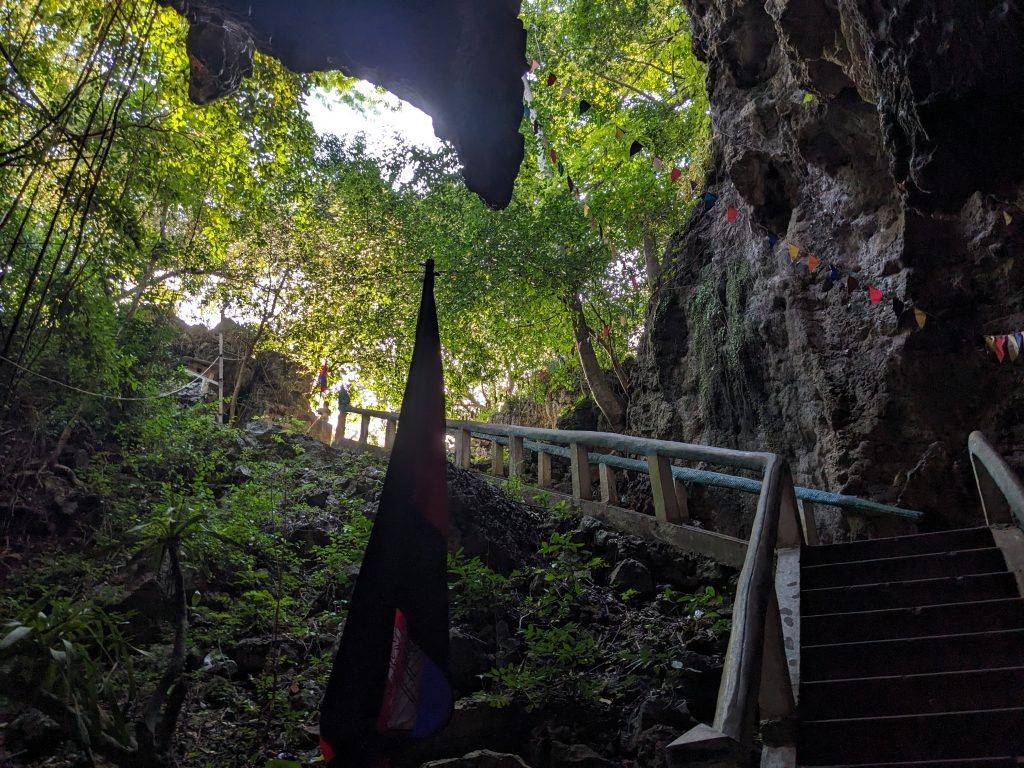
The view of the mountain as we rode back to Battambang.
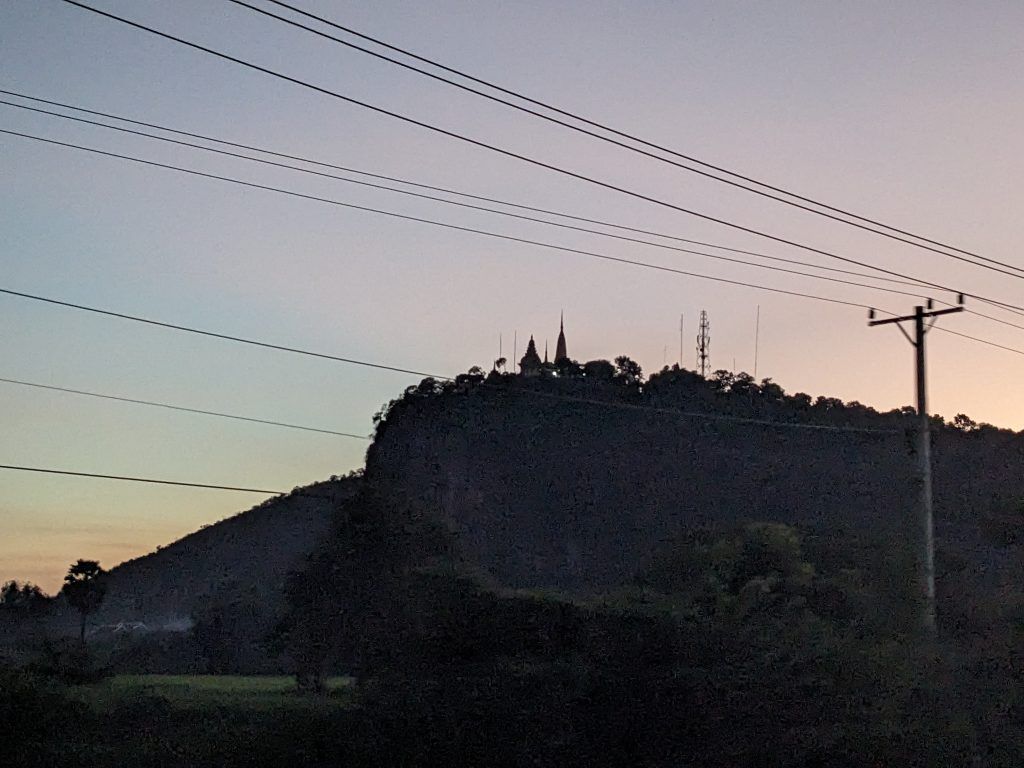
Banan Temple
Banan Temple is a series of small 11th century Khmer temples on a beautiful hilltop. It was over 300 stairs to the top.
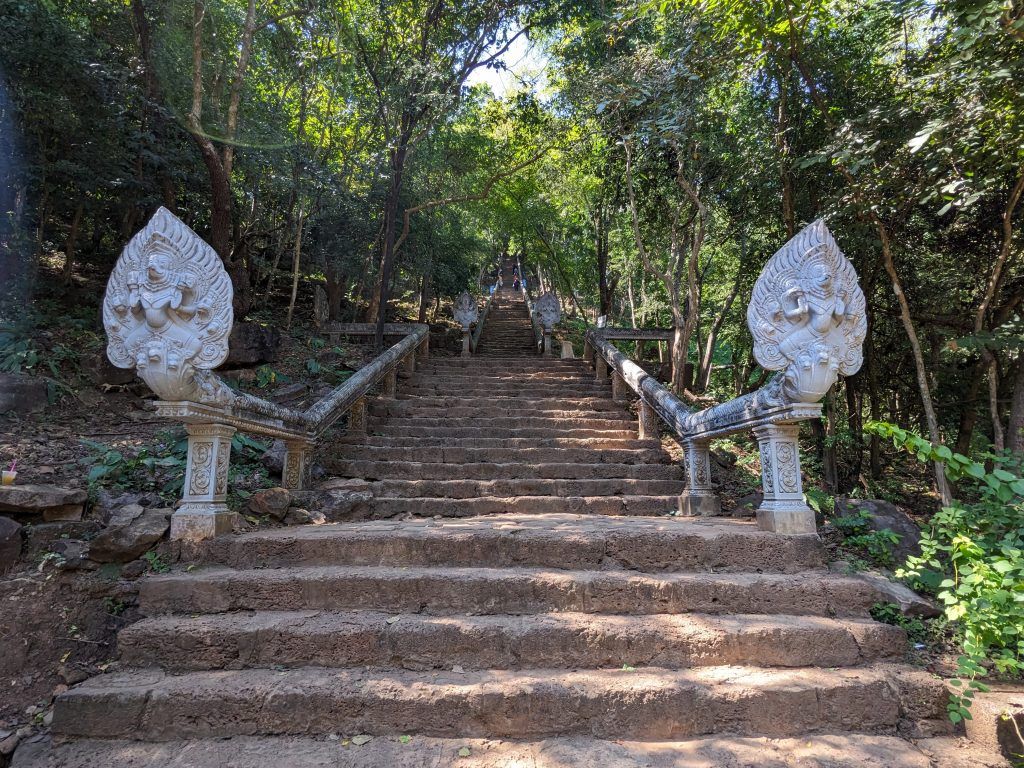
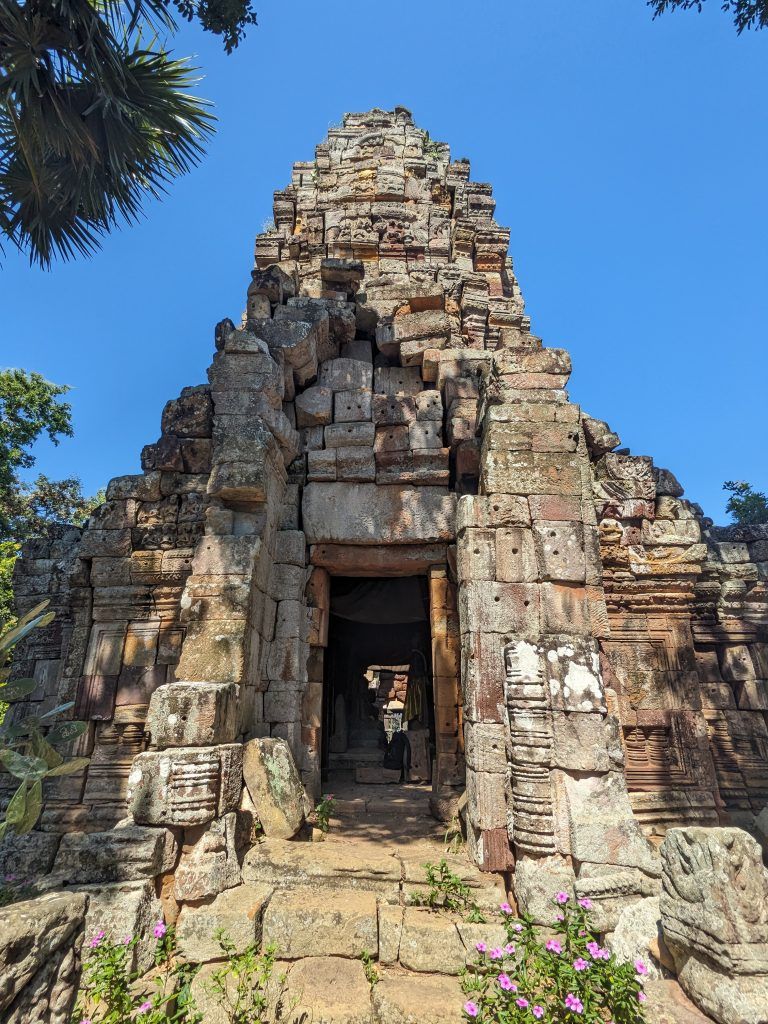
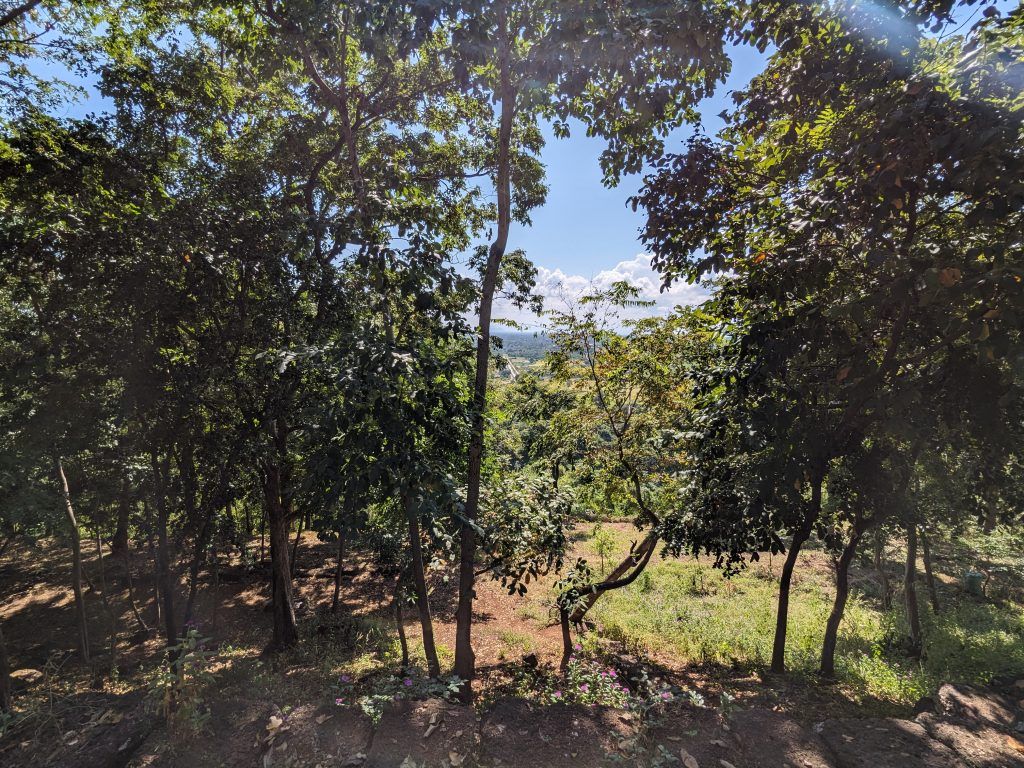
The view across to the mountain of Phnom Sampeau.
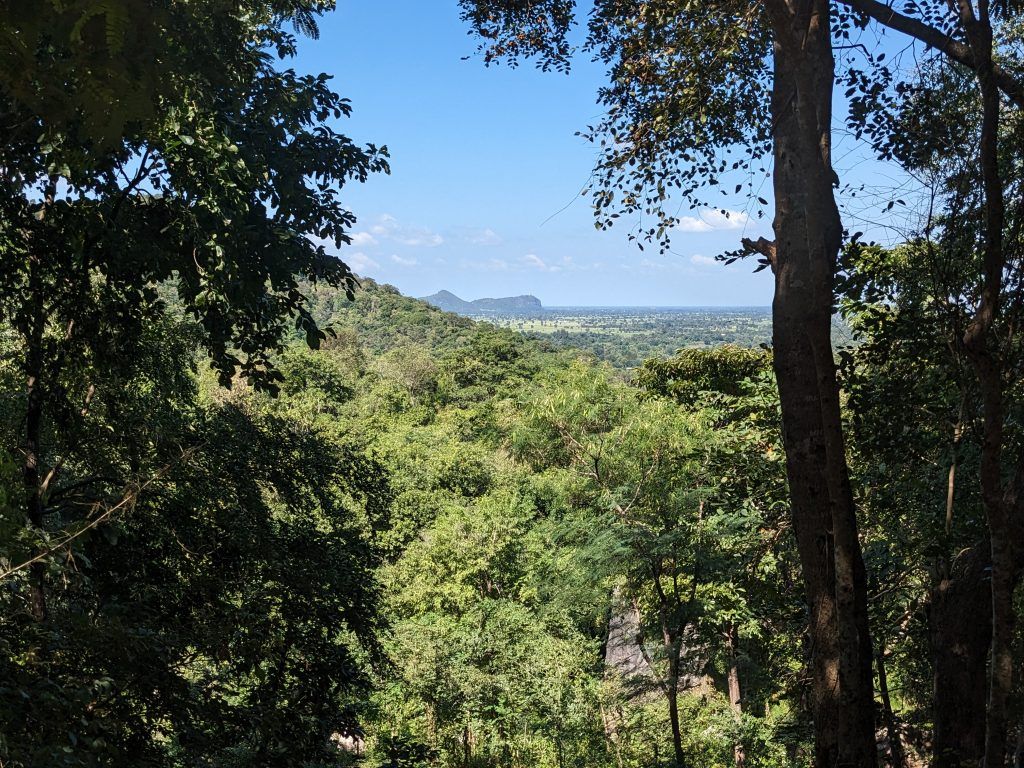
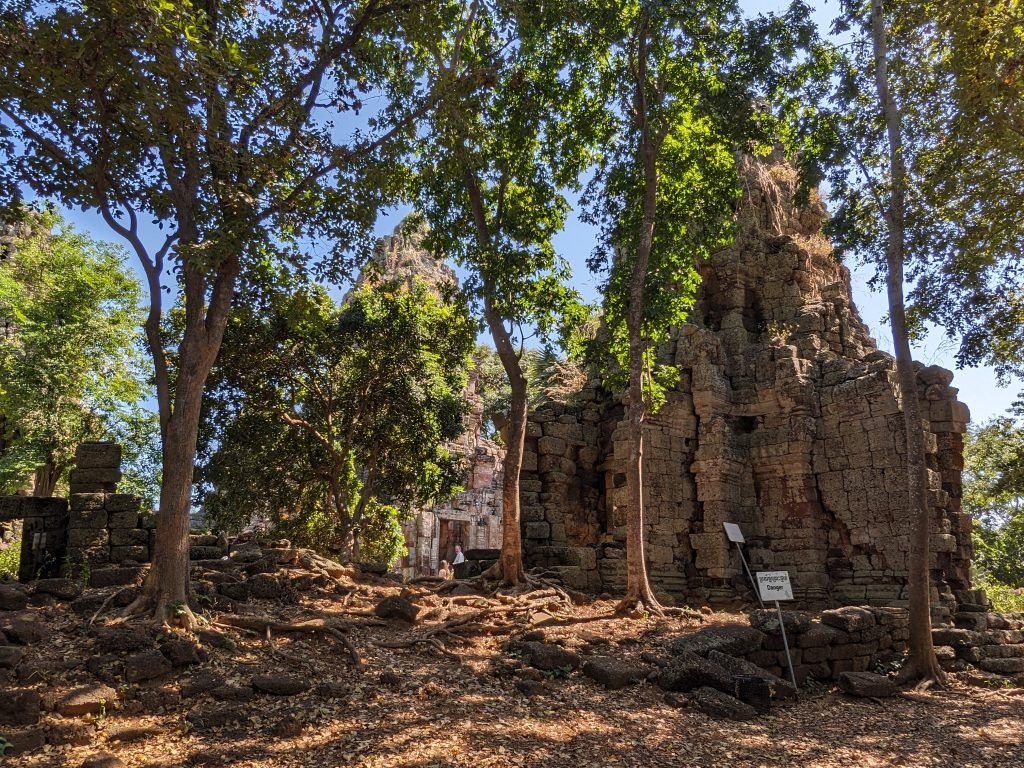
At the base of the hill is a small lake where many Cambodians were spending the Saturday relaxing at small hammock huts and enjoying food from an adjacent restaurant.
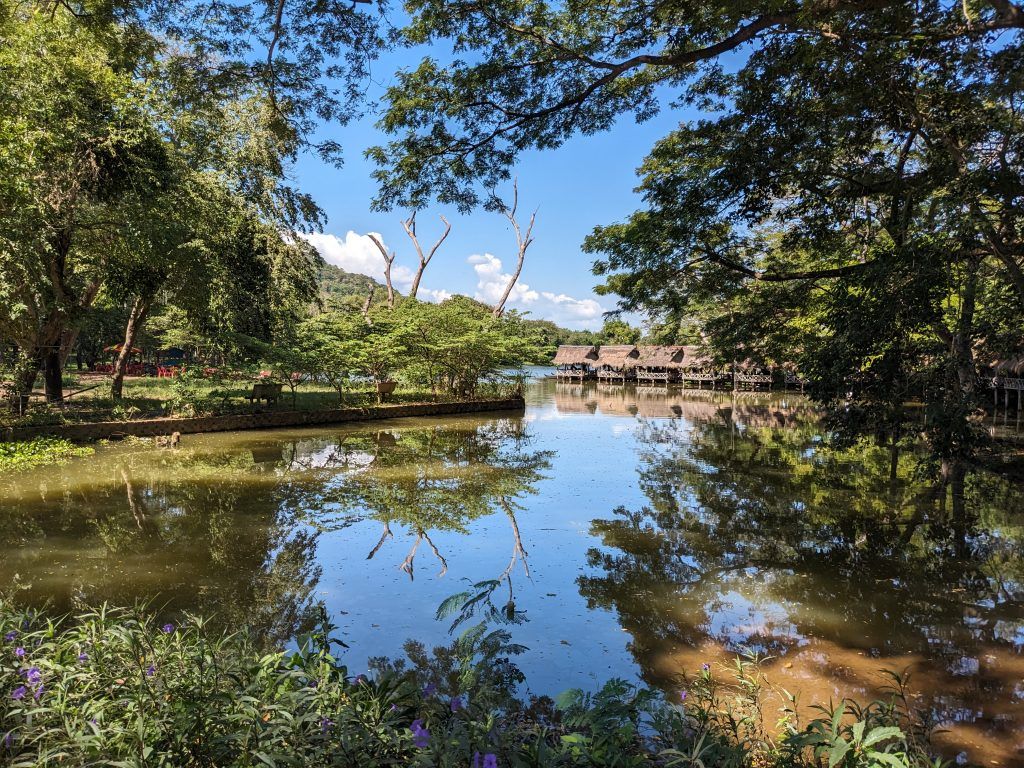
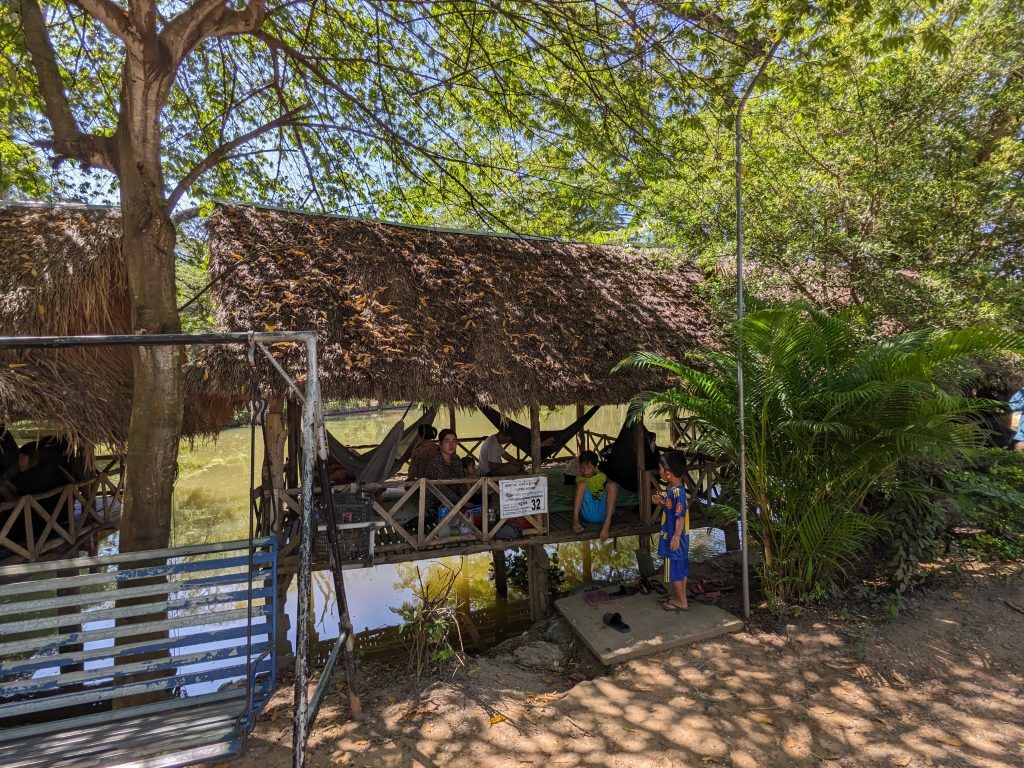
Cambodian Peace Gallery
On the way back from the Banan Temple I stopped at a kayak rental place to see if they had any stand up paddle boards. It turned out they didn’t, but across the street was a small, nondescript art gallery called the Cambodian Peace Gallery. I hadn’t seen it mentioned anywhere when I was researching my Battambang visit. If I hadn’t stopped on my scooter at the kayak place, I never would have known about it. It was in a very rural area about 10 km outside of town.
Neither of the two people I saw working there spoke English. From its website it states: “The Cambodia Peace Gallery, opened in 2018, serves as a space for reflection and learning on Cambodia’s journey from war towards peace and a positive future; presenting the long, complicated Cambodian history characterised by structural violence emerged from the past atrocities, while celebrating the work of Cambodian peacebuilders that have helped move the country past war.”
There were three buildings that had exhibits.
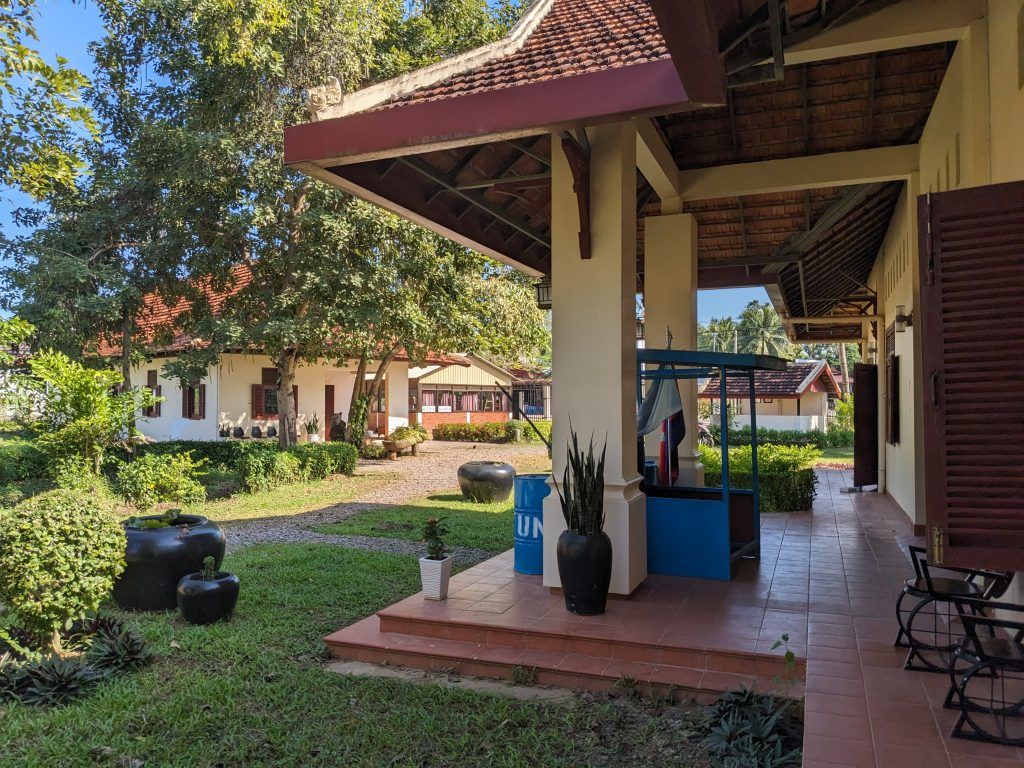
The first building had exhibits reflecting on the road from war to peace.
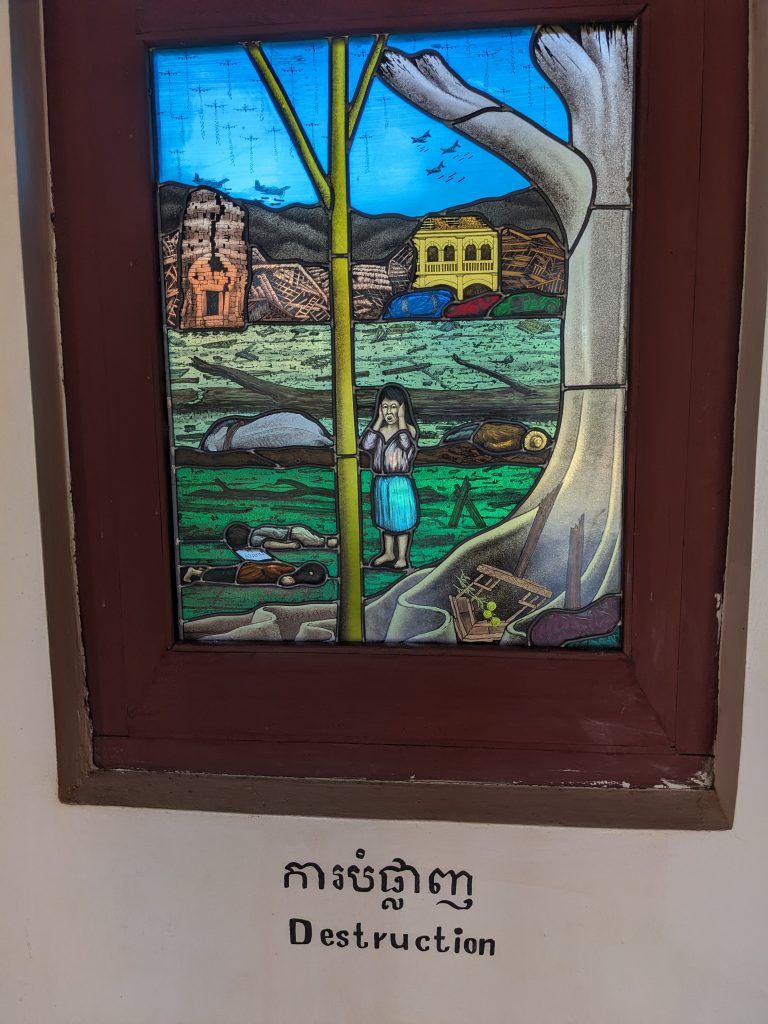
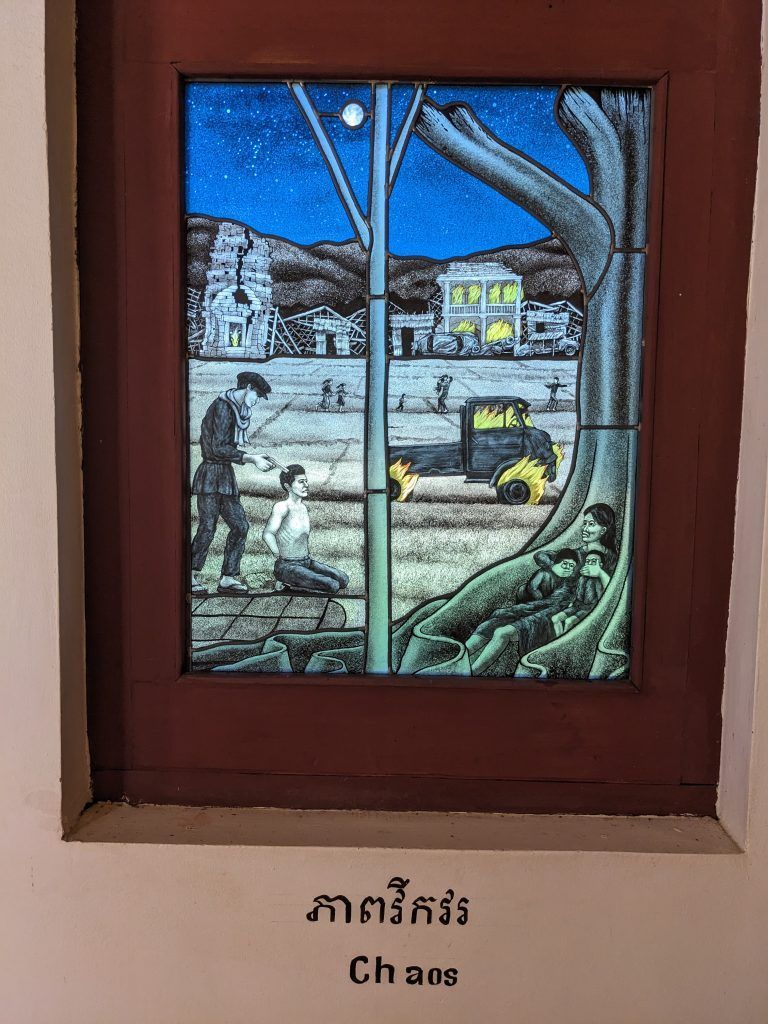
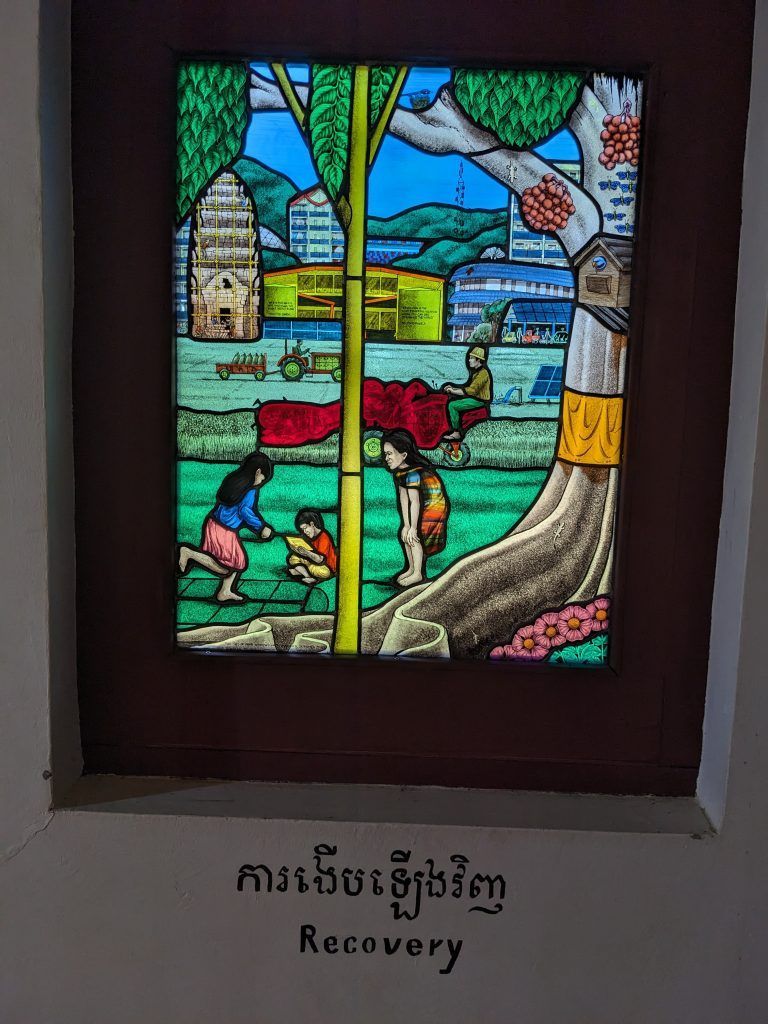
The table from the Paris peace treaty in the early 1990s that started the long road of recovery for Cambodia.
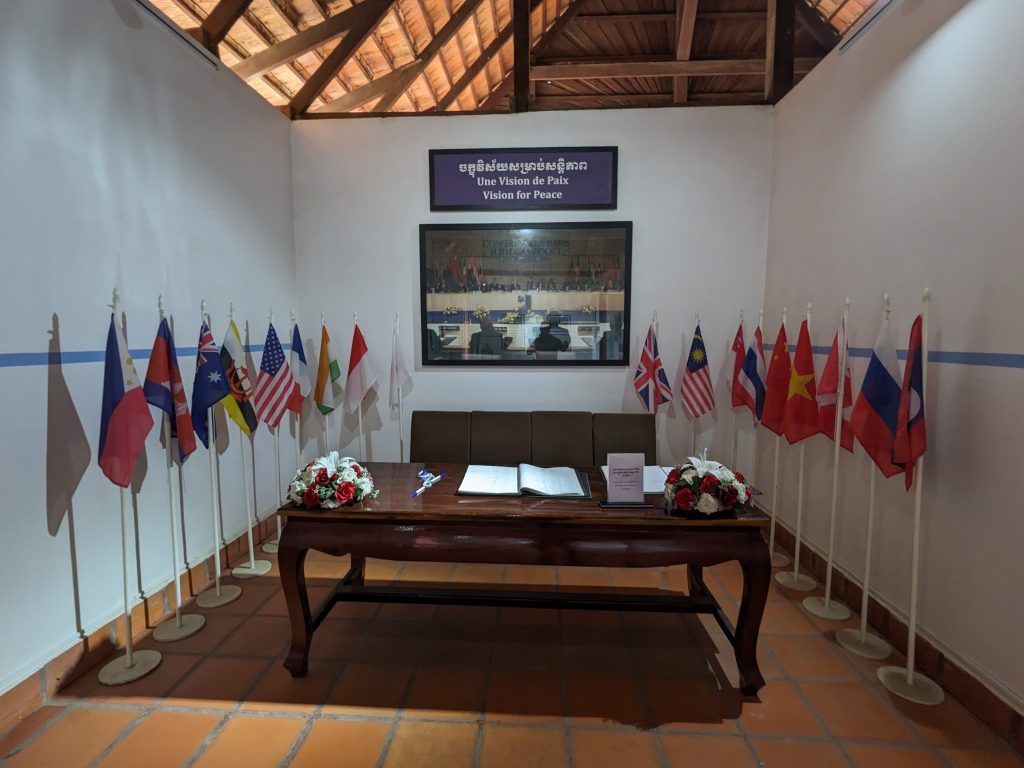
A second building had a main room on the effects of landmines in Cambodia.
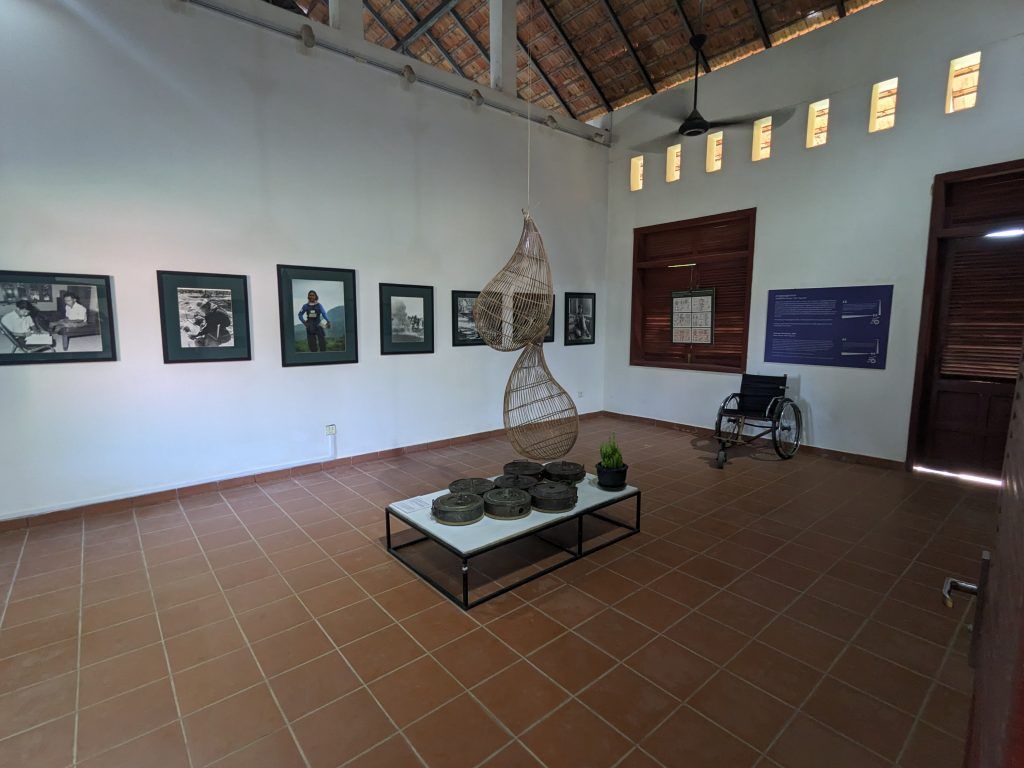
The third building had a large room showcasing Cambodia’s current role in the United Nations, including this map showing the current deployment of Cambodian troops in UN peacekeeping missions.
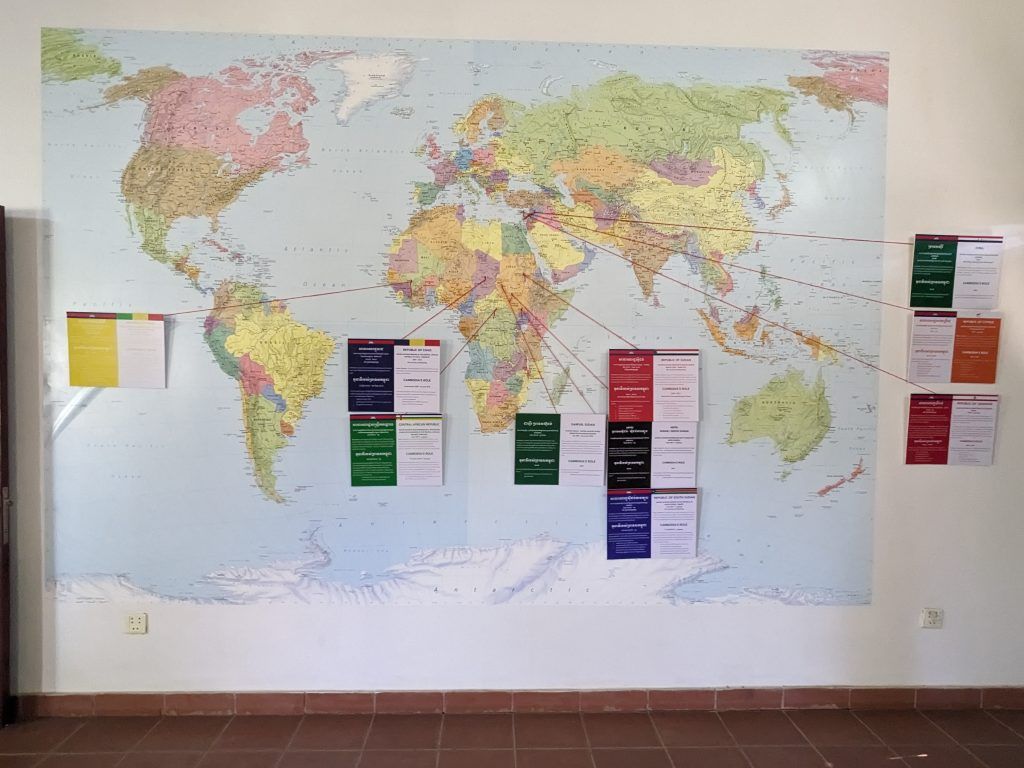
Romcheik 5 Artspace and Cafe
On a small sidestreet is a neat two story building that houses an artists collective and now the only modern art museum in Cambodia. The core artists are “…all graduates of Phare Ponleu Selpak School and like many others, they bonded from their shared experiences of abandonment, exile, loneliness, trauma, and modern slavery.” (from their brochure) This school is the same one that trained the Phare Cambodian Circus performers I saw in Siem Reap.
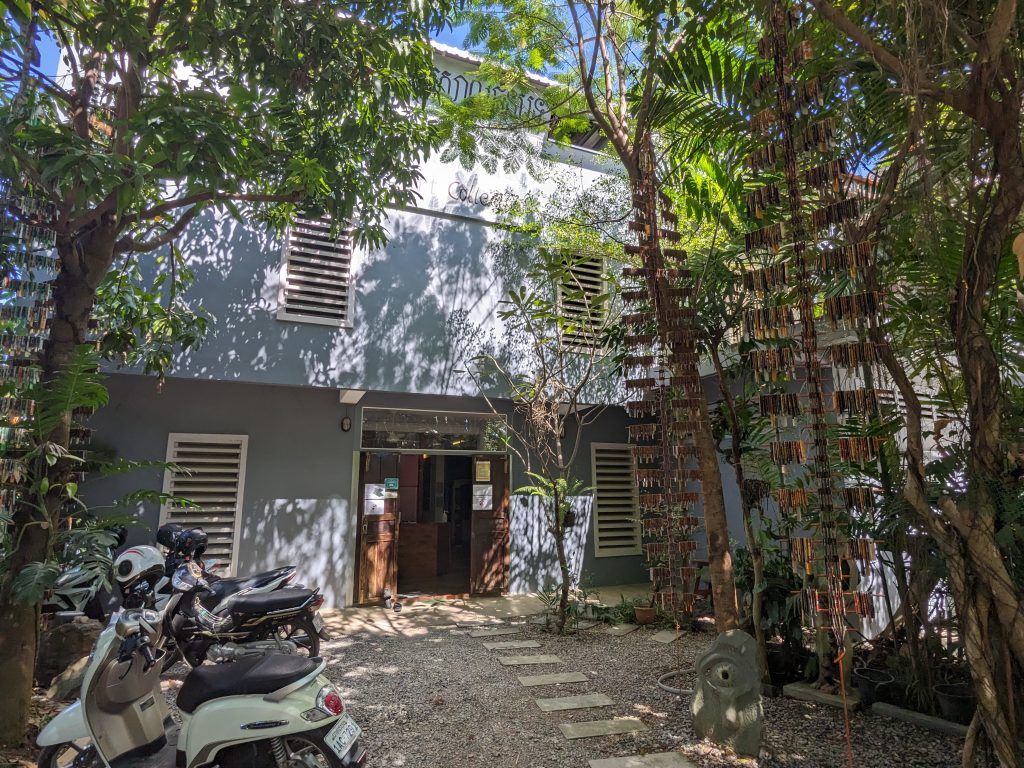
The works were colorful, intense and, many times, troubling.
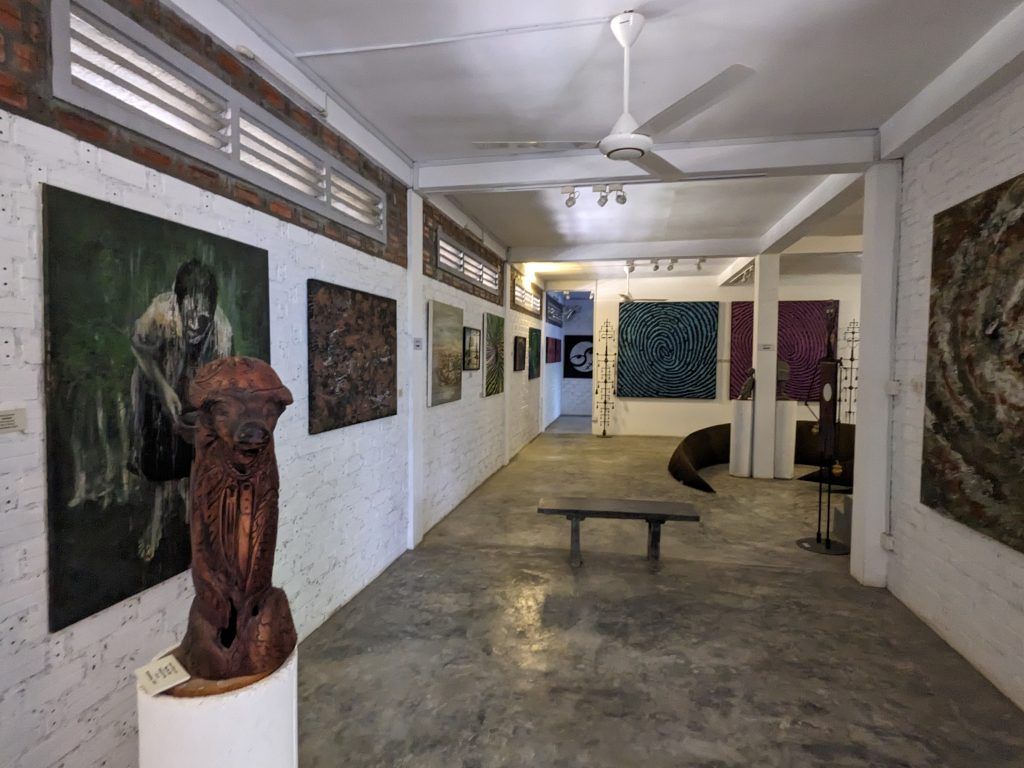
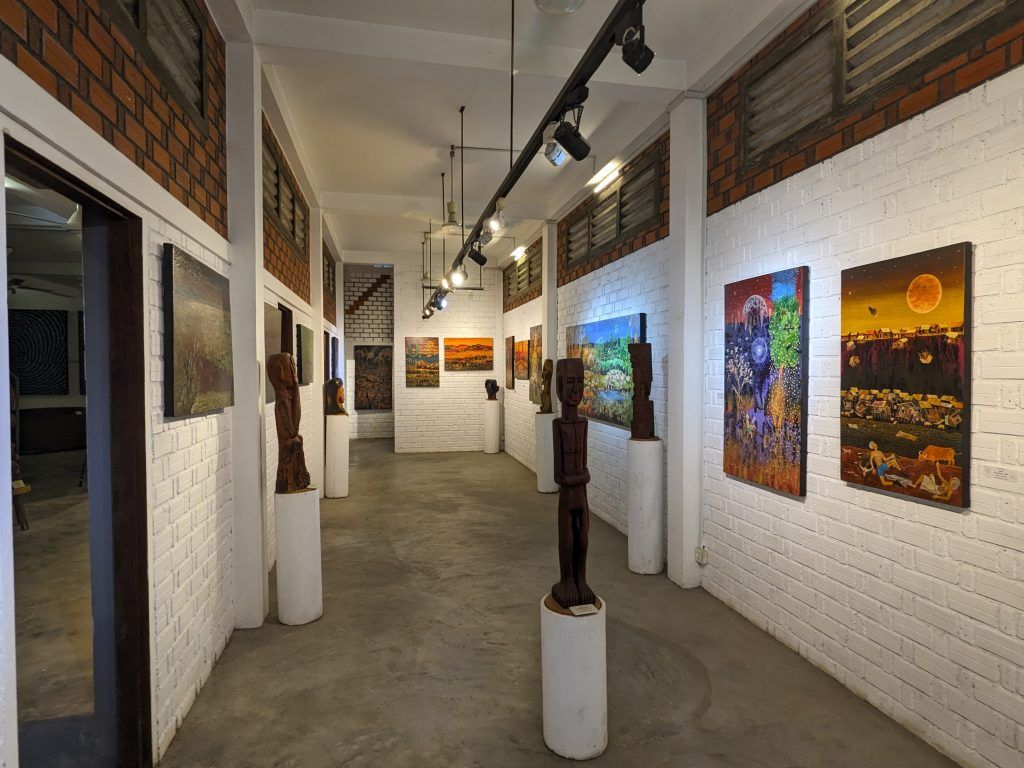
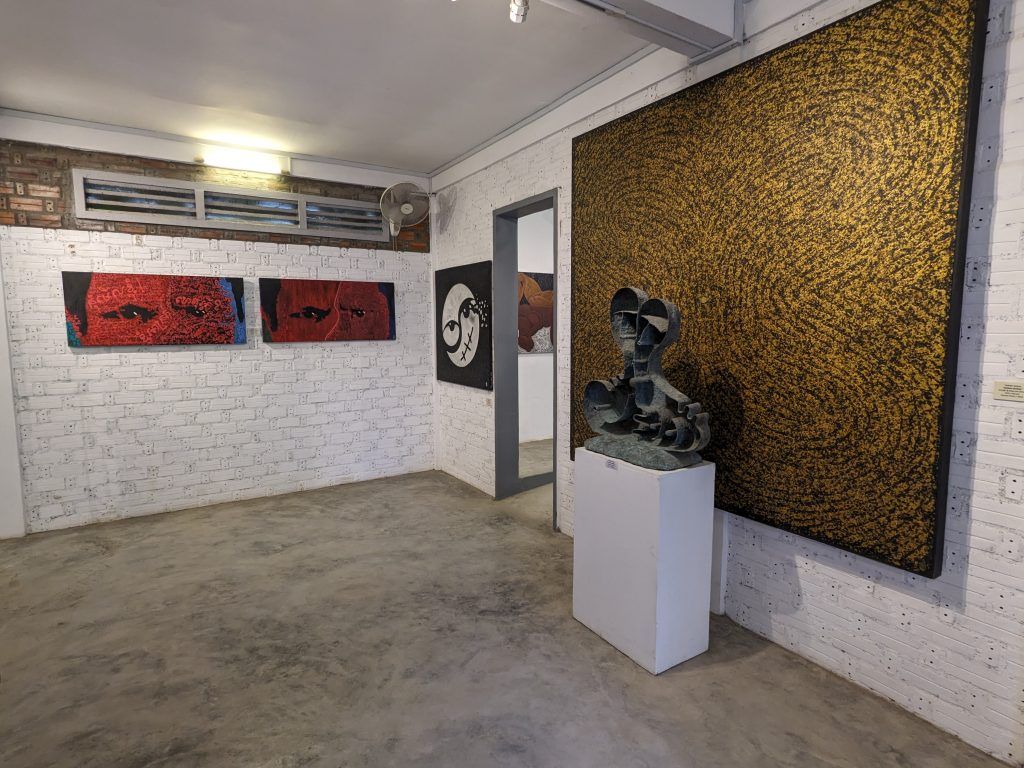
There is a scenic cafe on the top floor of the building.
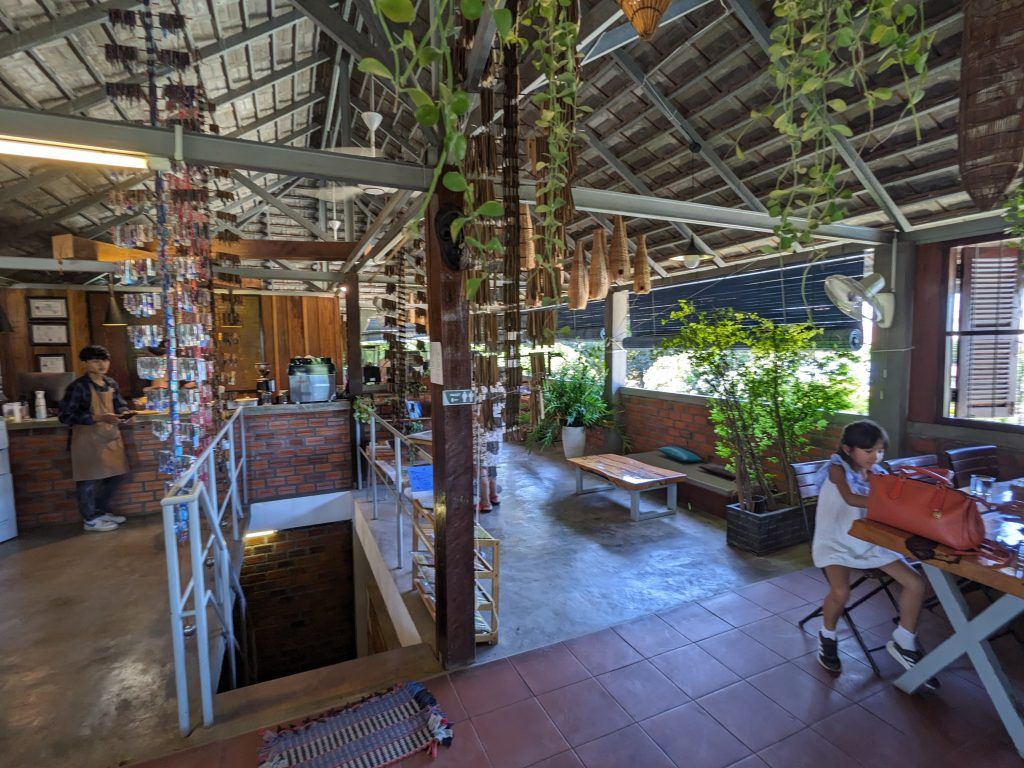
Battambang
Battambang is a languid city that doesn’t have a lot of touristic charm, but it’s a good place to see day to day Cambodians just living their lives.
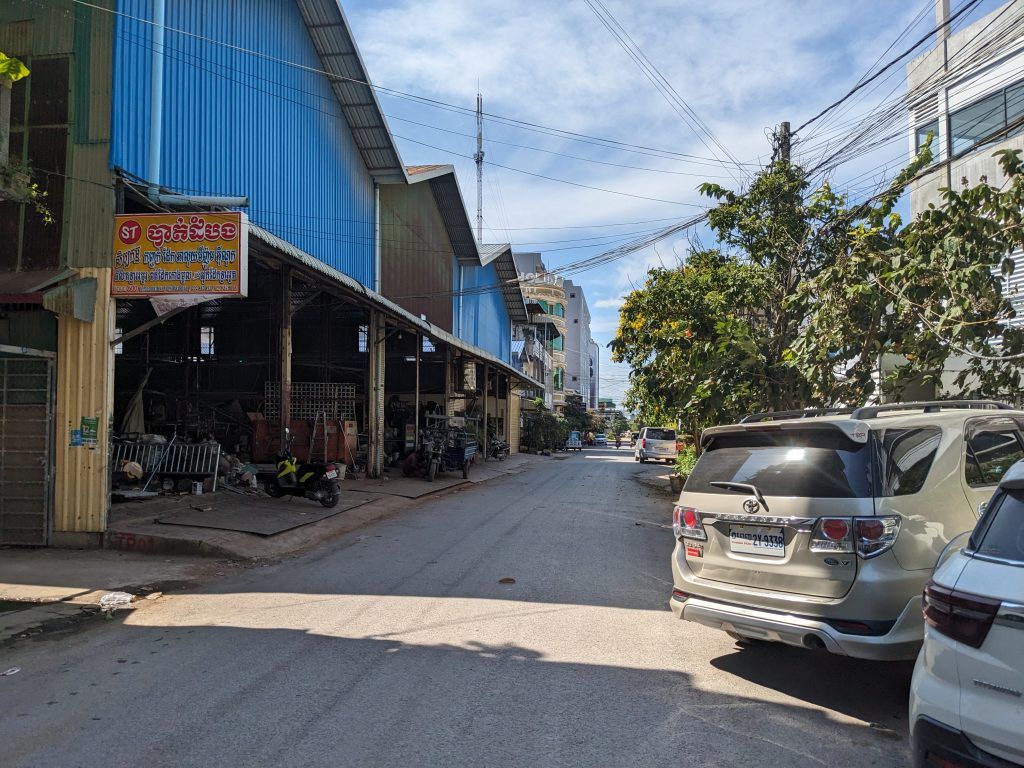
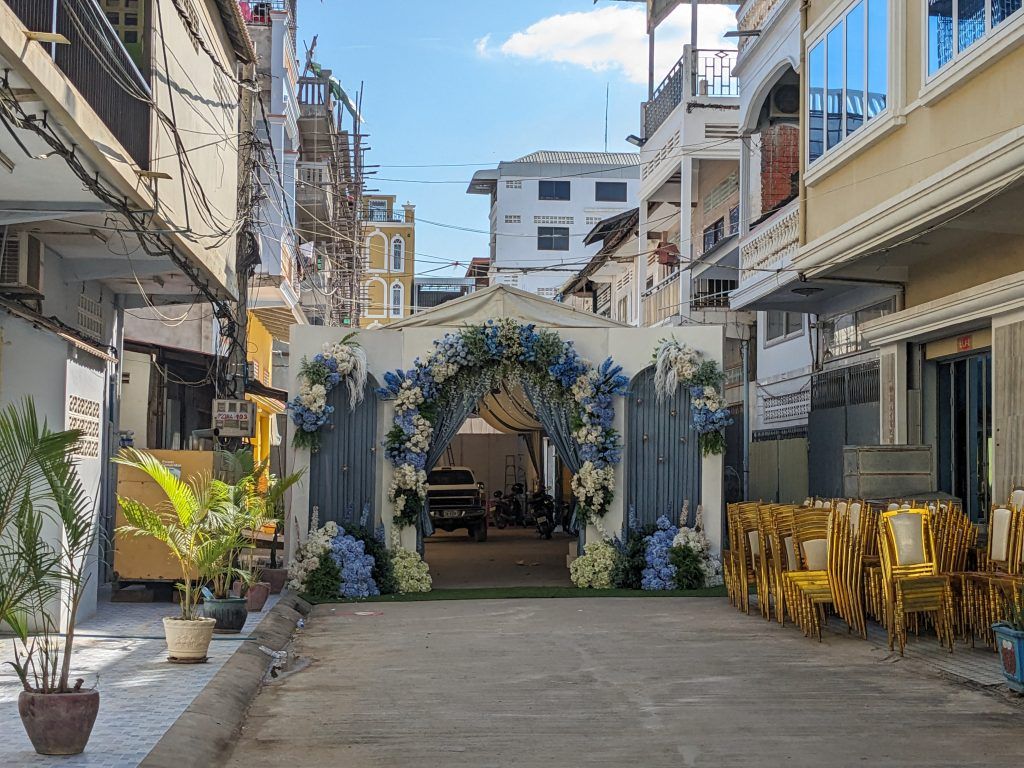
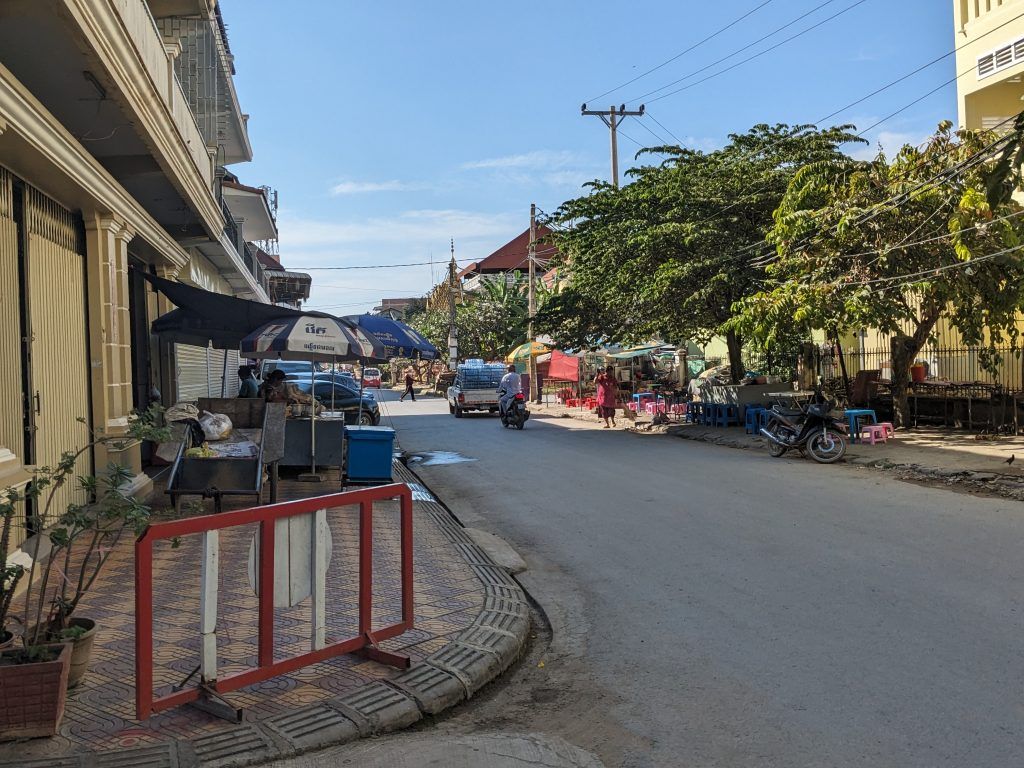
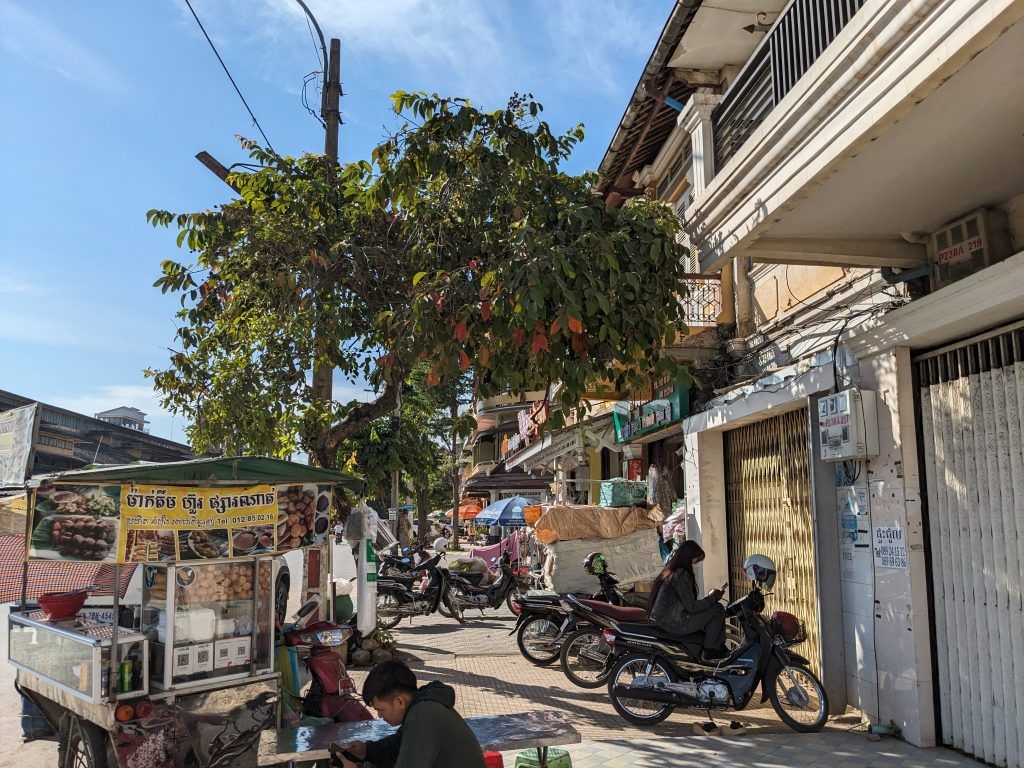
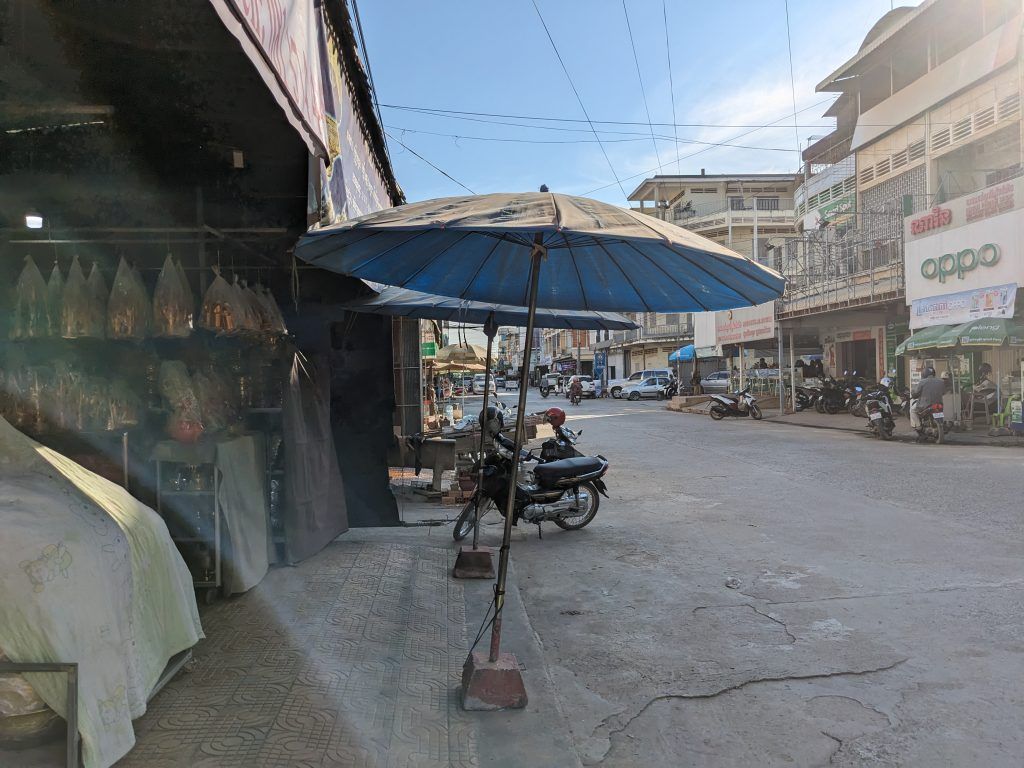
The Sangker River bisects the city, offering some scenic views and plenty of opportunity for future development.
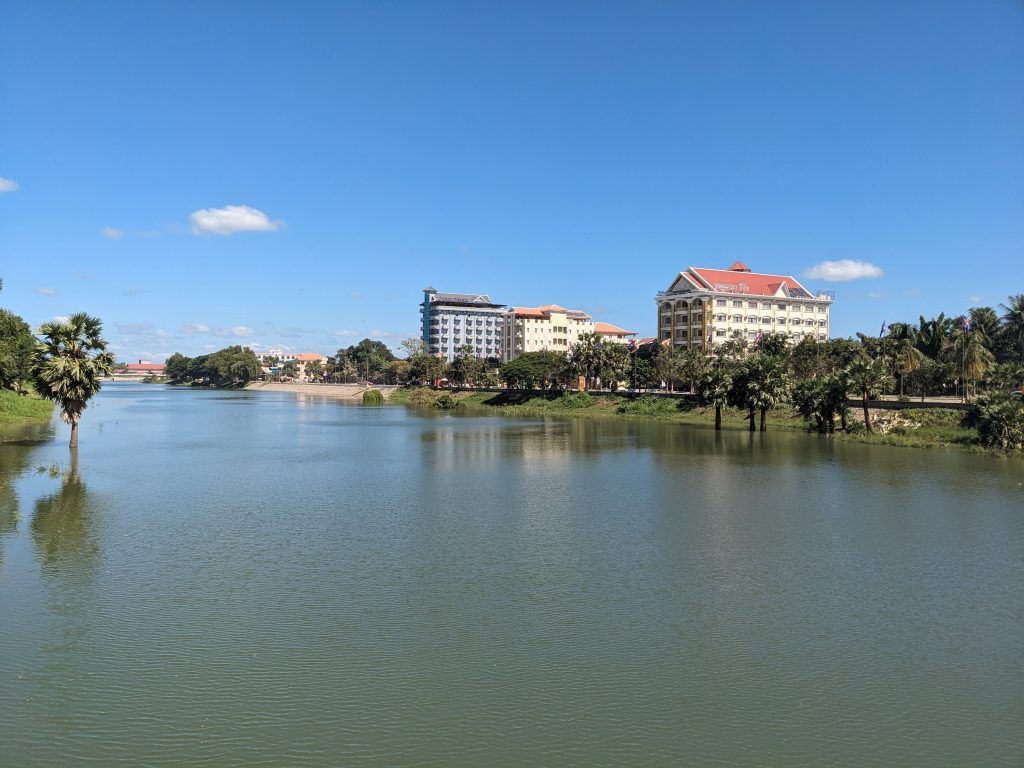
This is a statue of a boy from a local legend who threw a stick that overthrew a king, and the stick was lost forever, hence the name of Battambang means “lost stick”. People brave the roundabout traffic to walk to the base of the statue and provide offerings. It’s based on some of Cambodia’s core animist beliefs and supposedly his spirit has the power to hear your prayers.
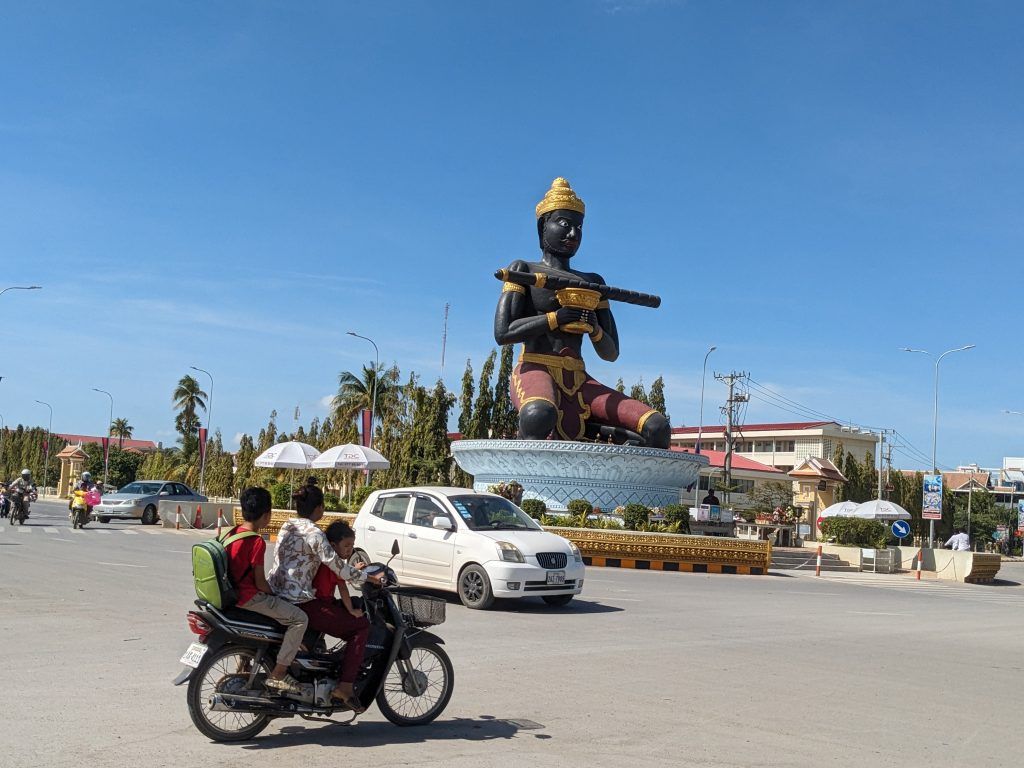
The central market had a full range of items from food to clothing to jewelry.
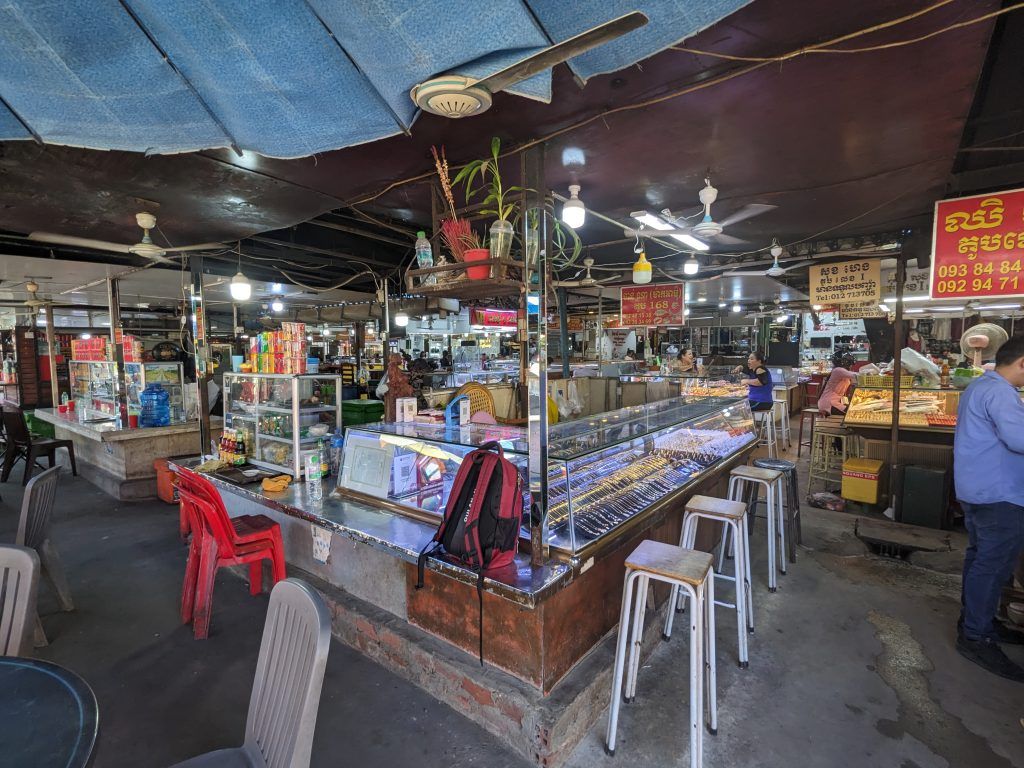
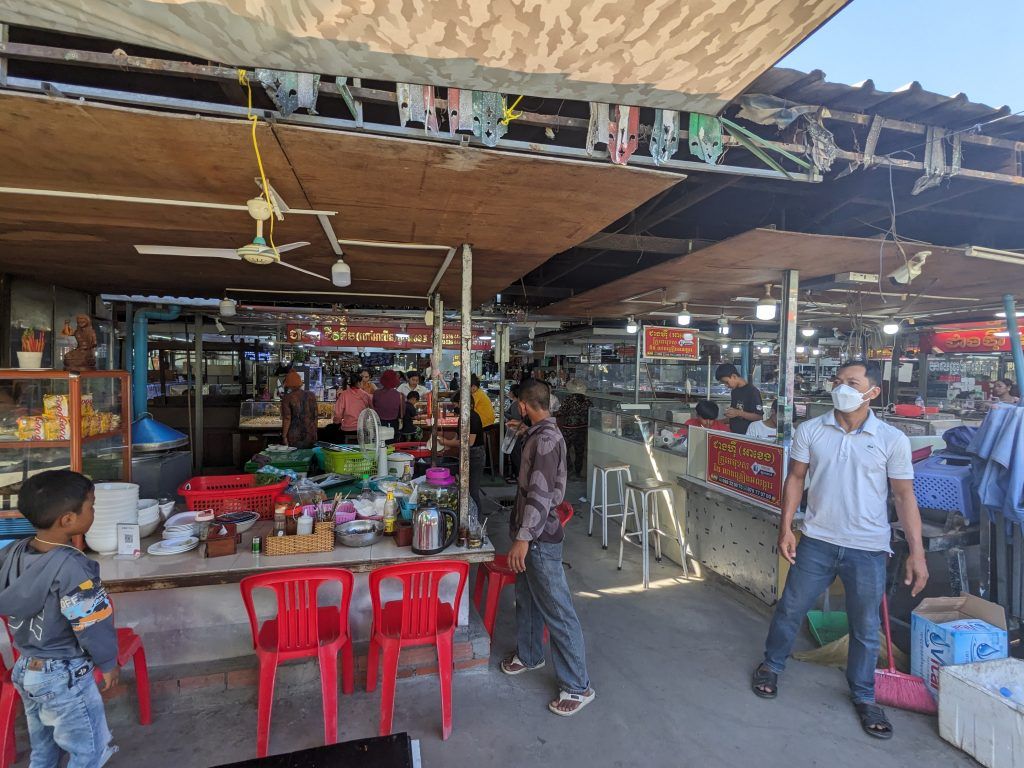
There are a number of classic French buildings in the city from their colonial period, some in better shape than others.
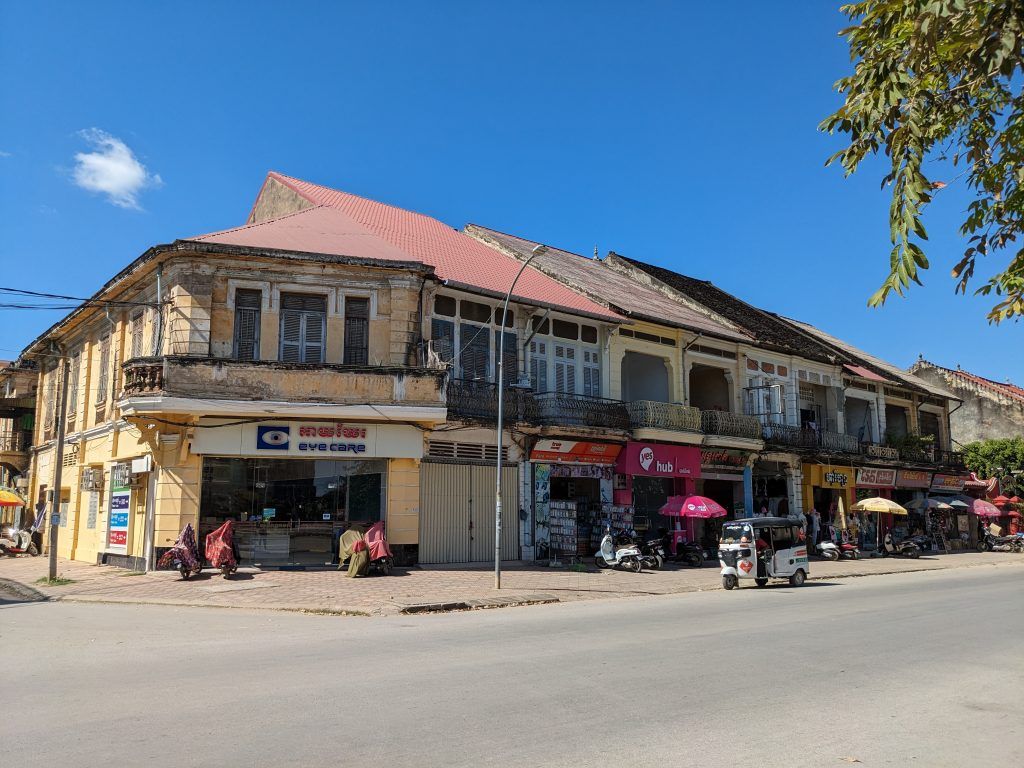
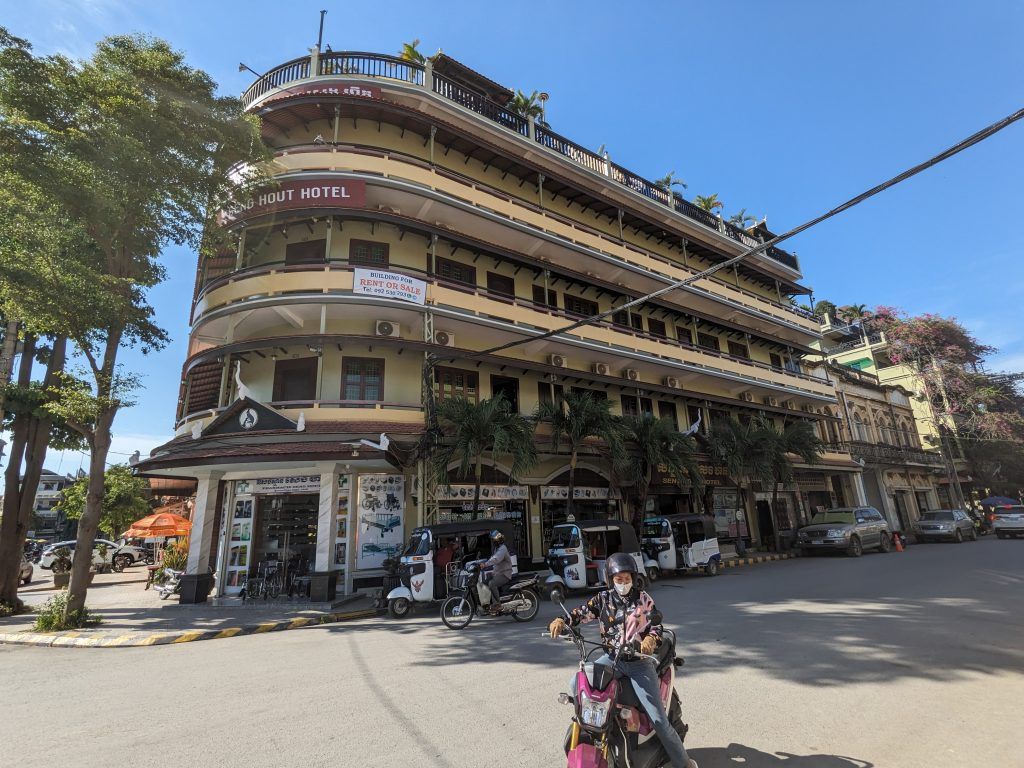
I stayed in a simple homestay which had three rooms in the family’s backyard. It was cheap and comfortable.
